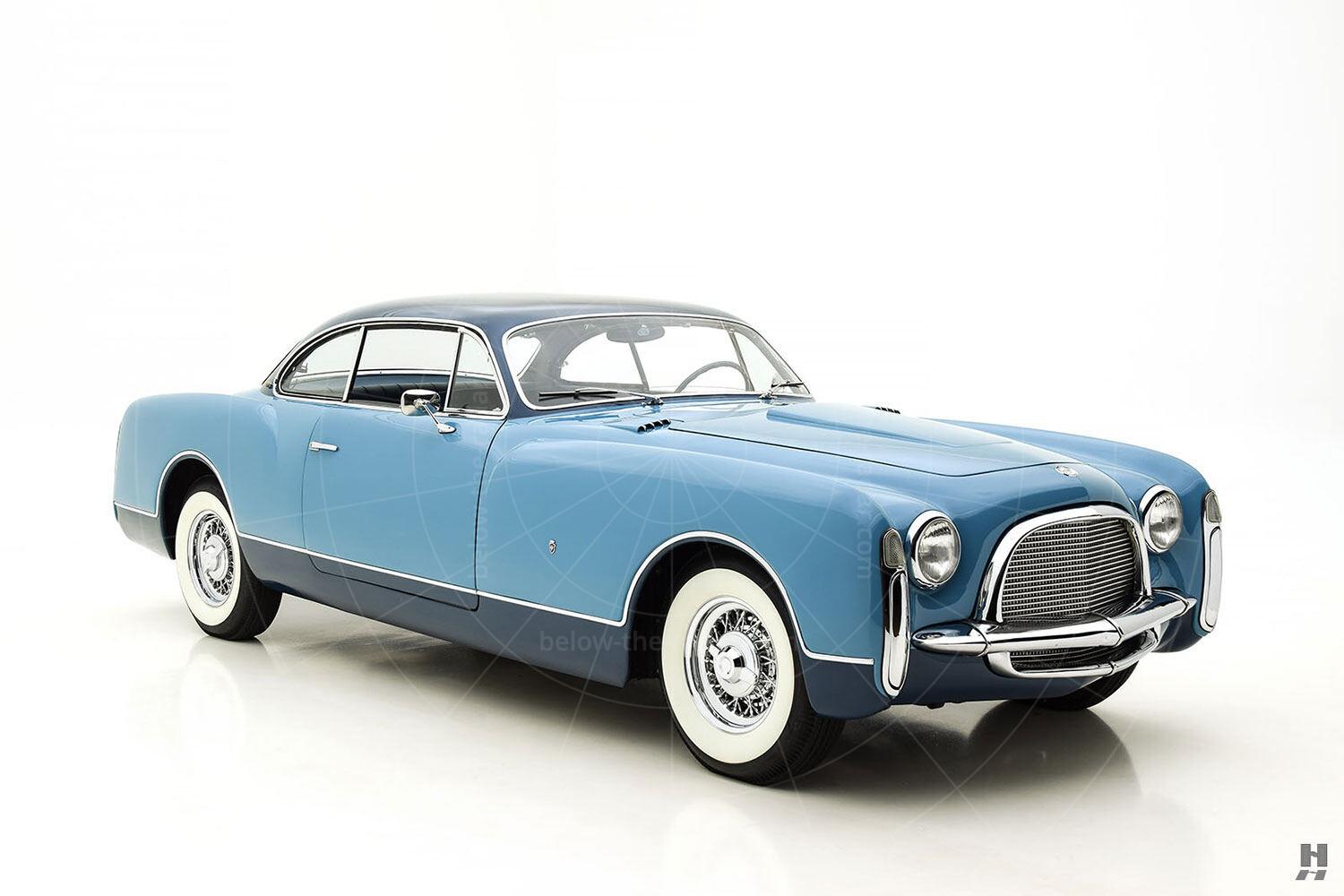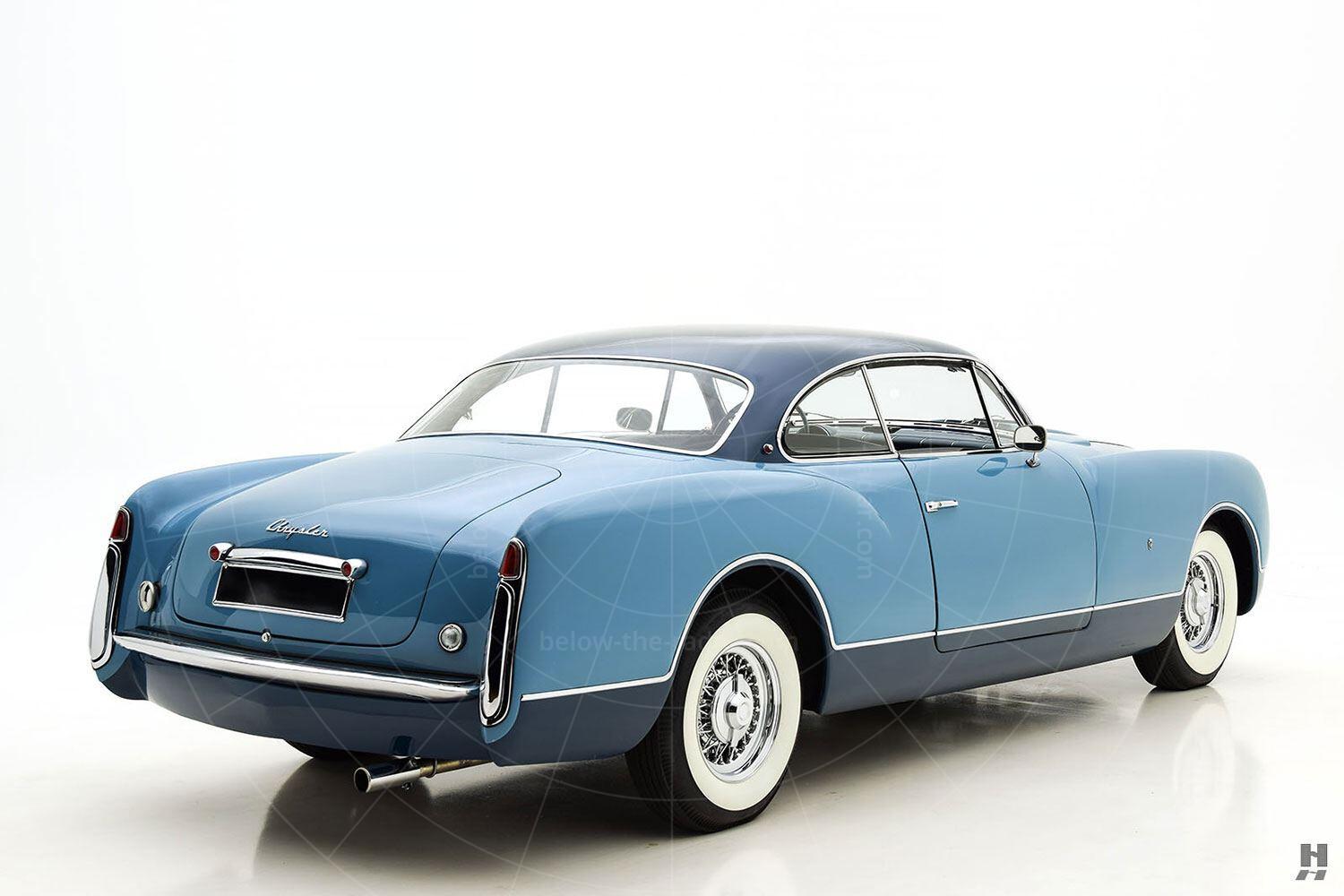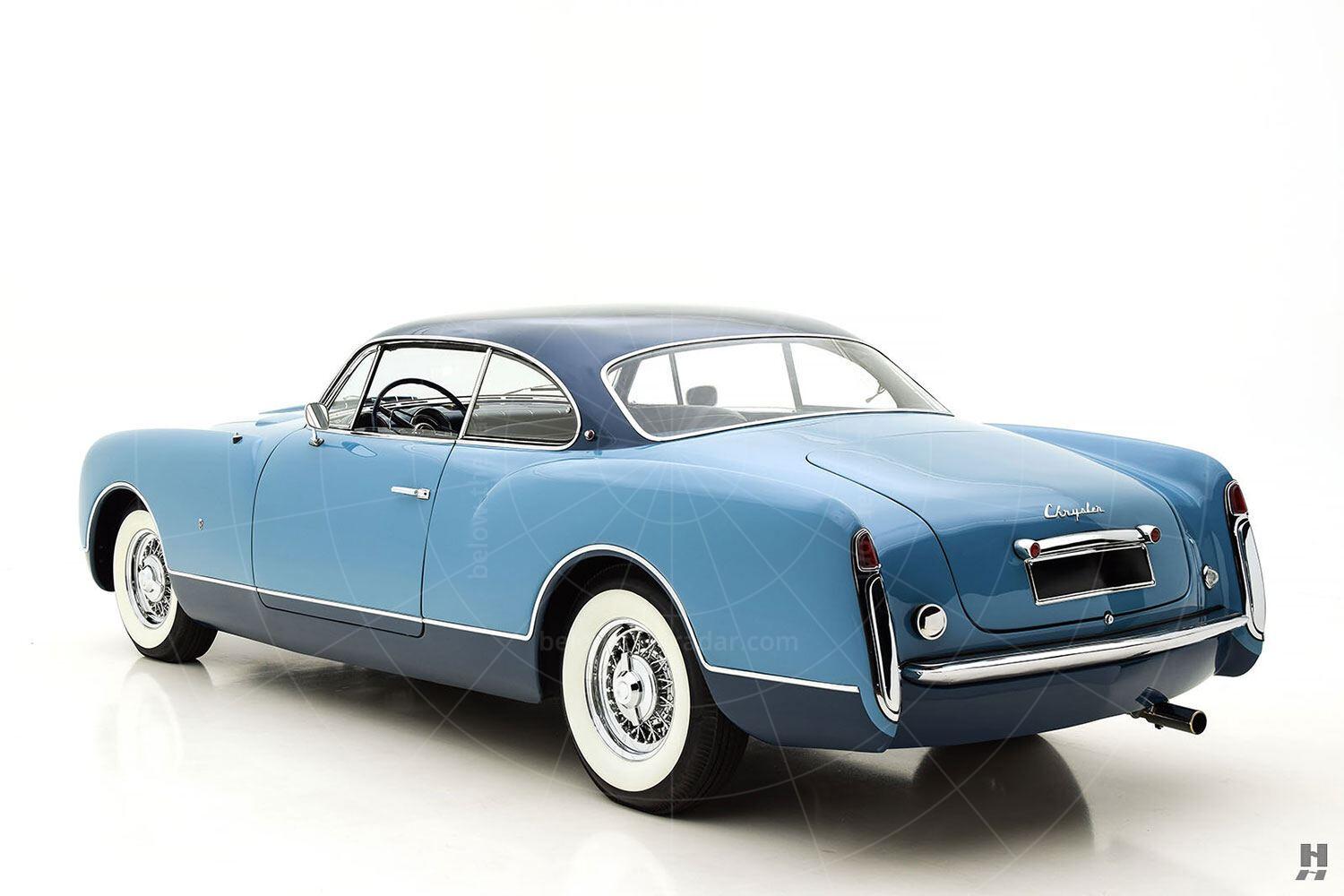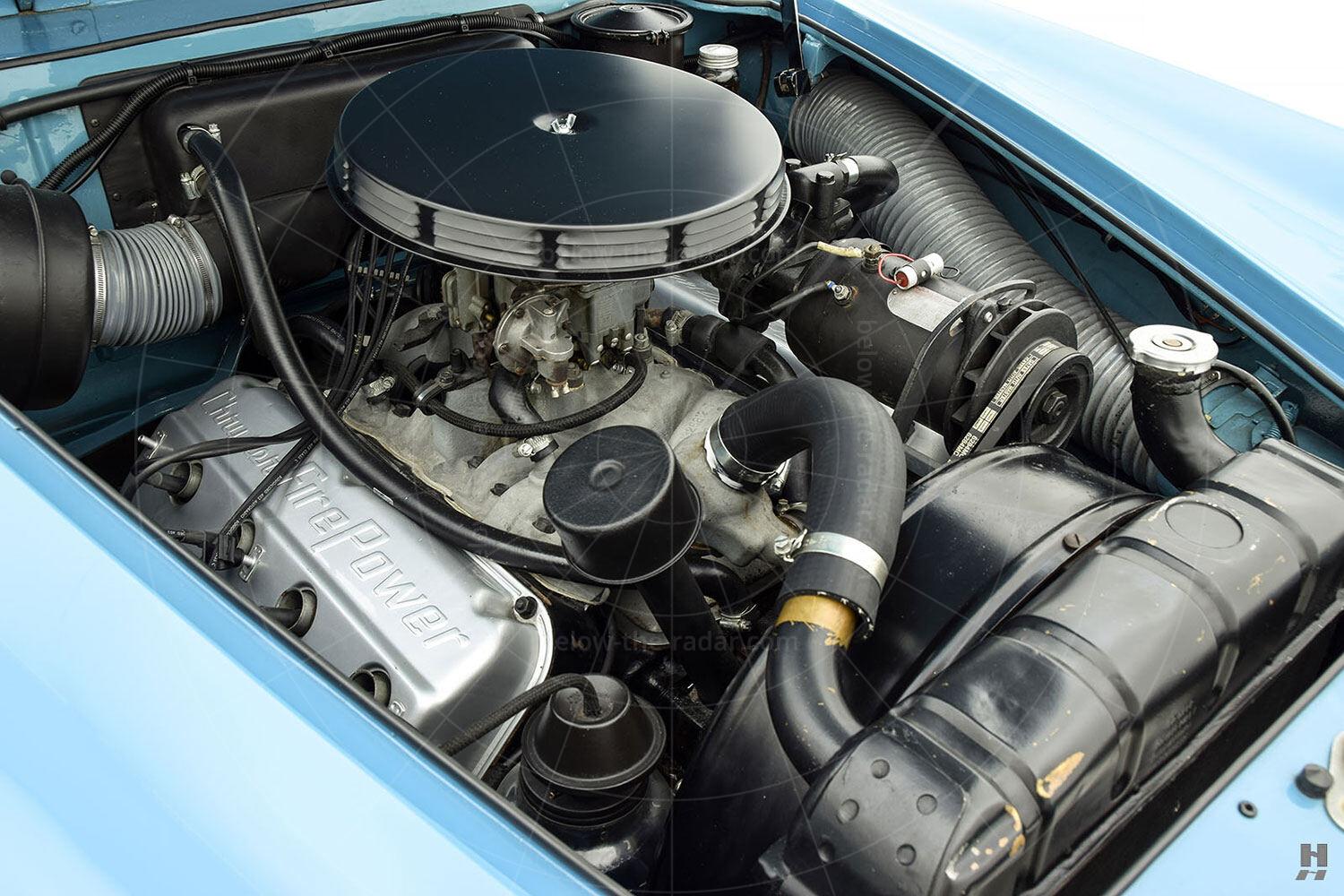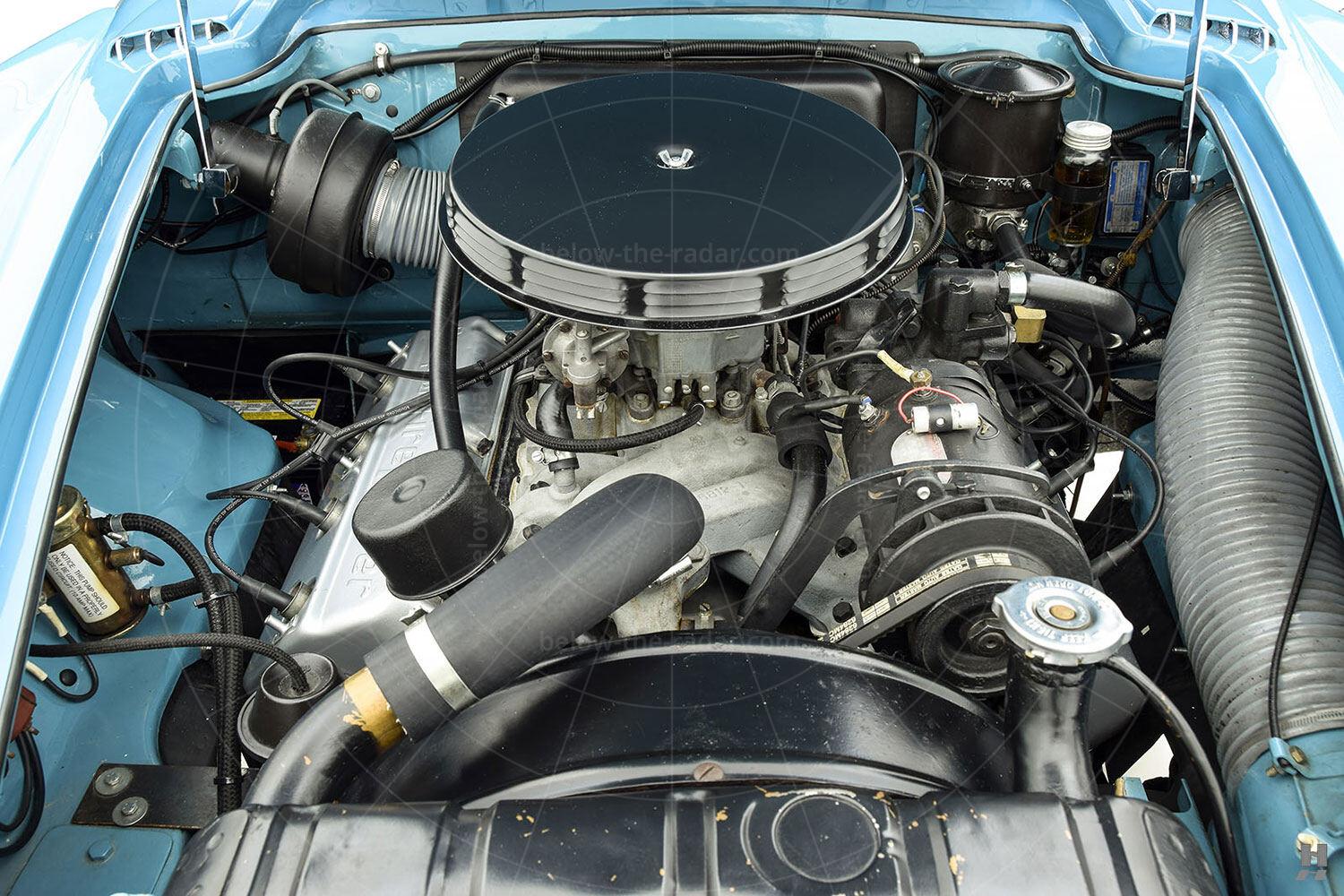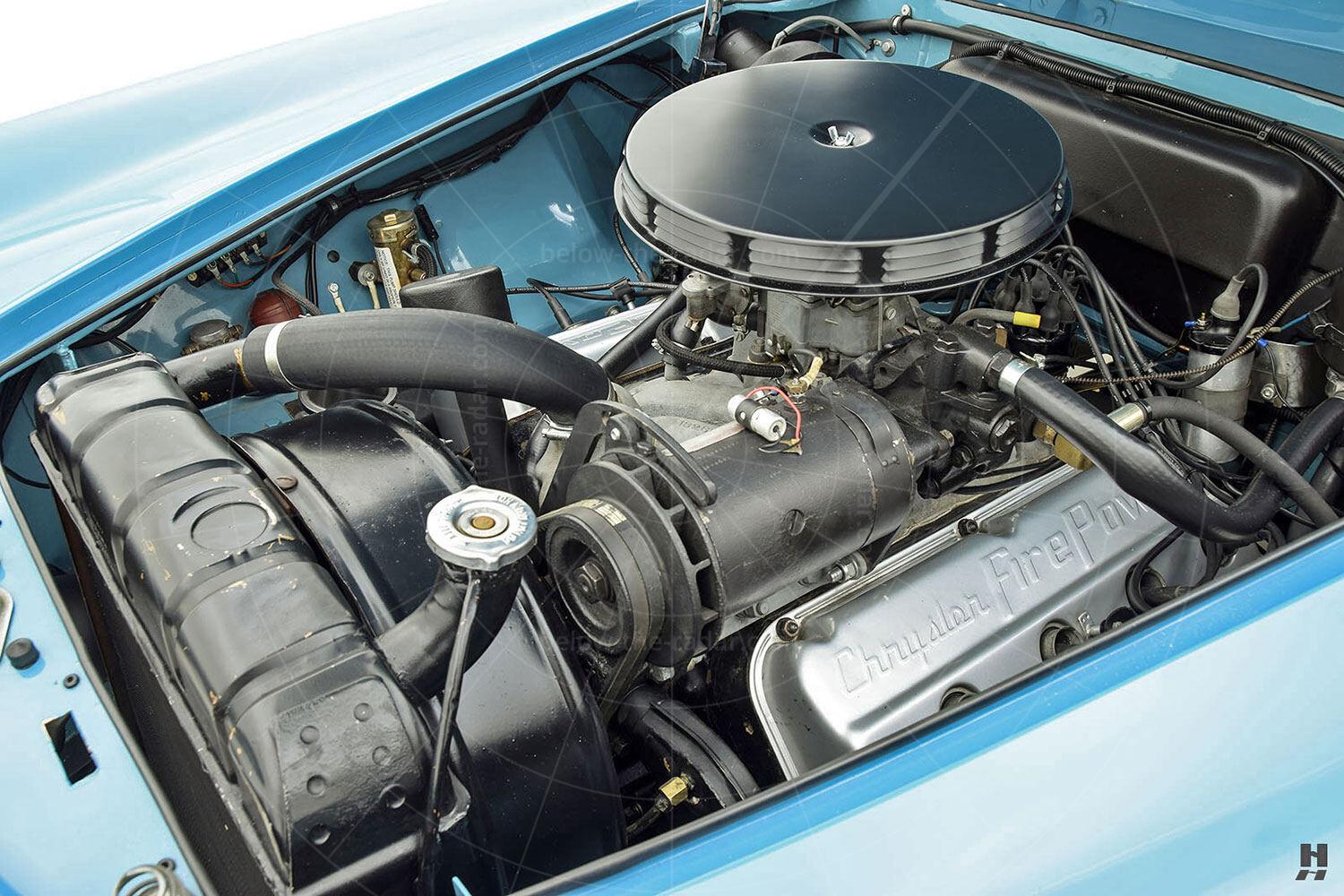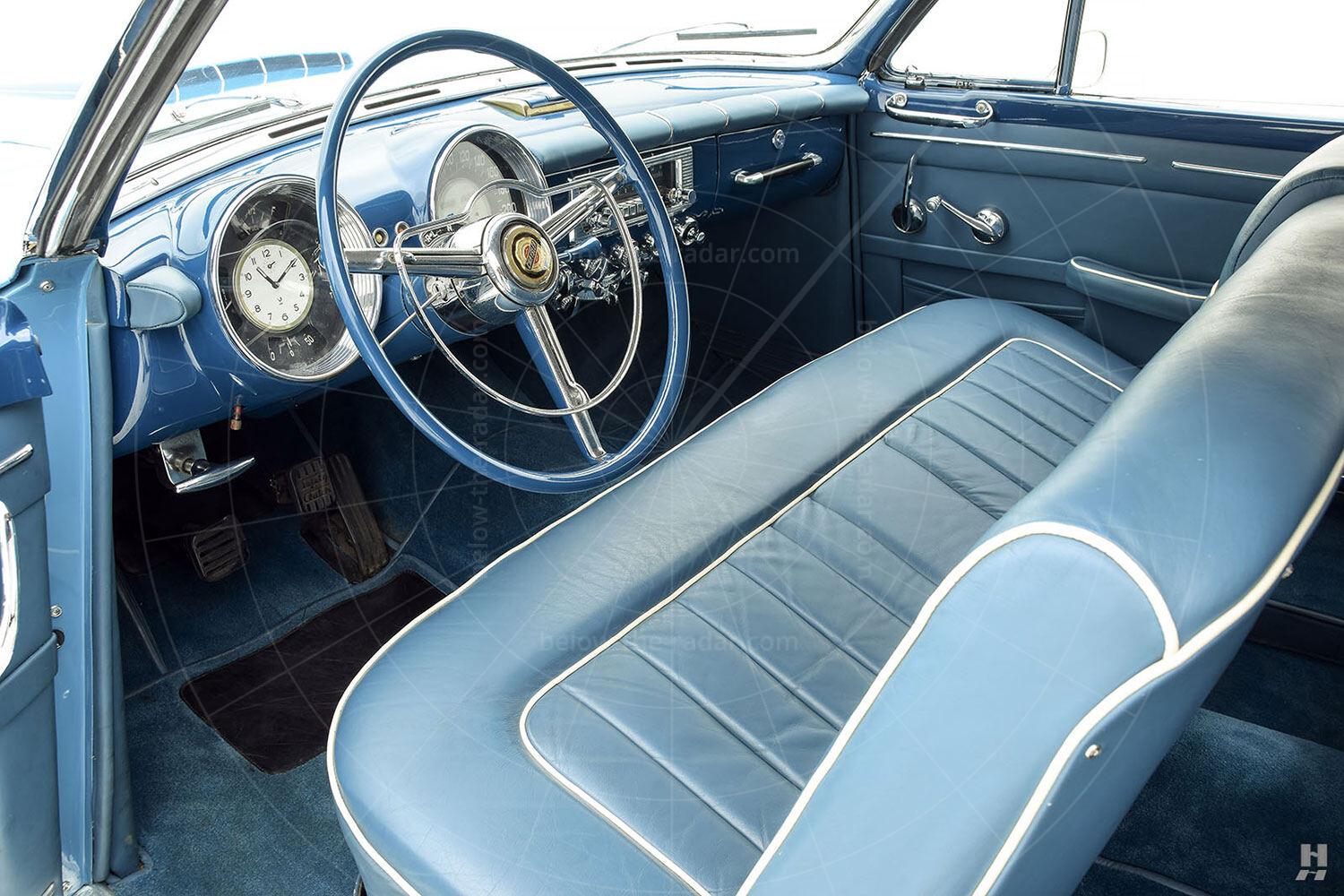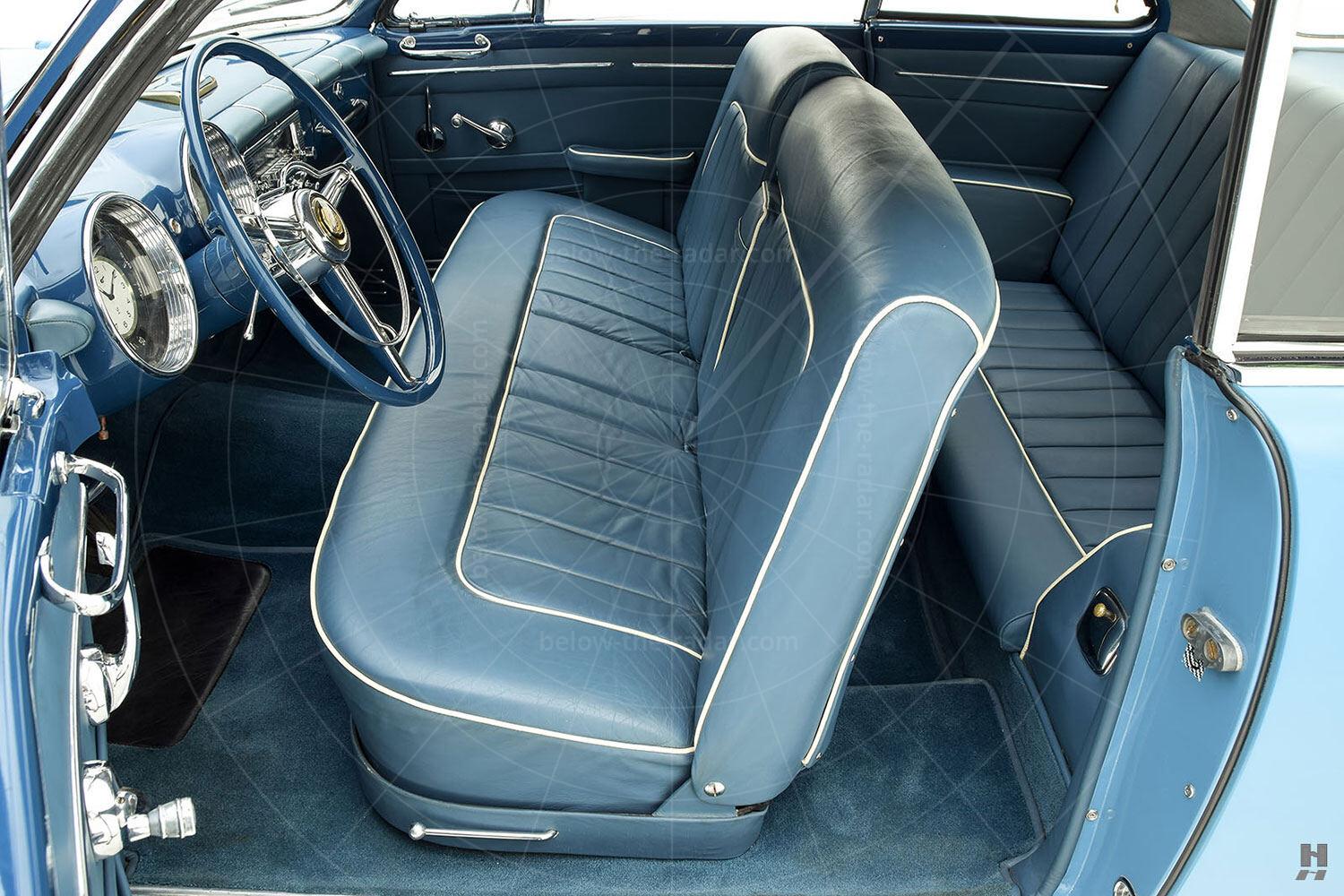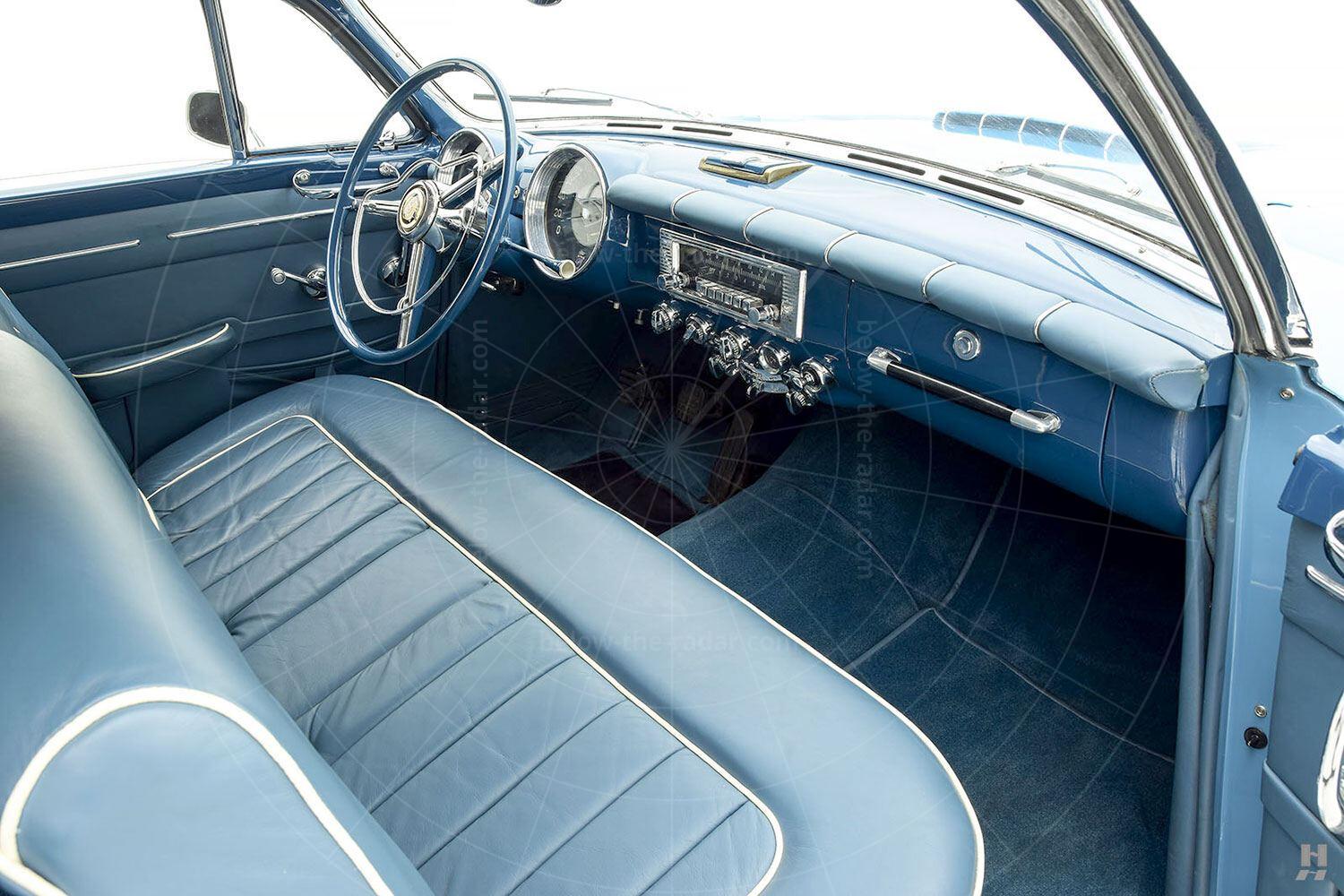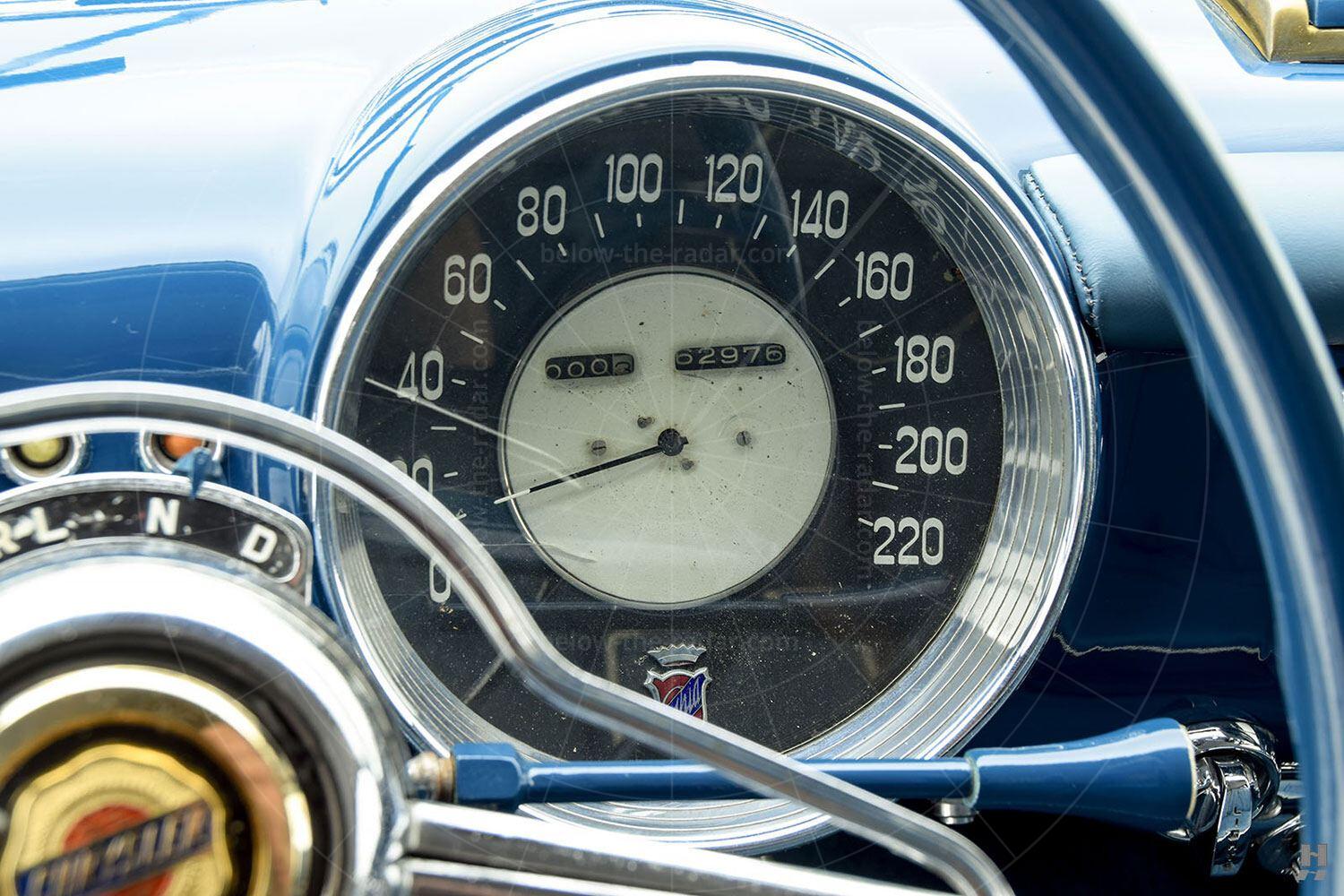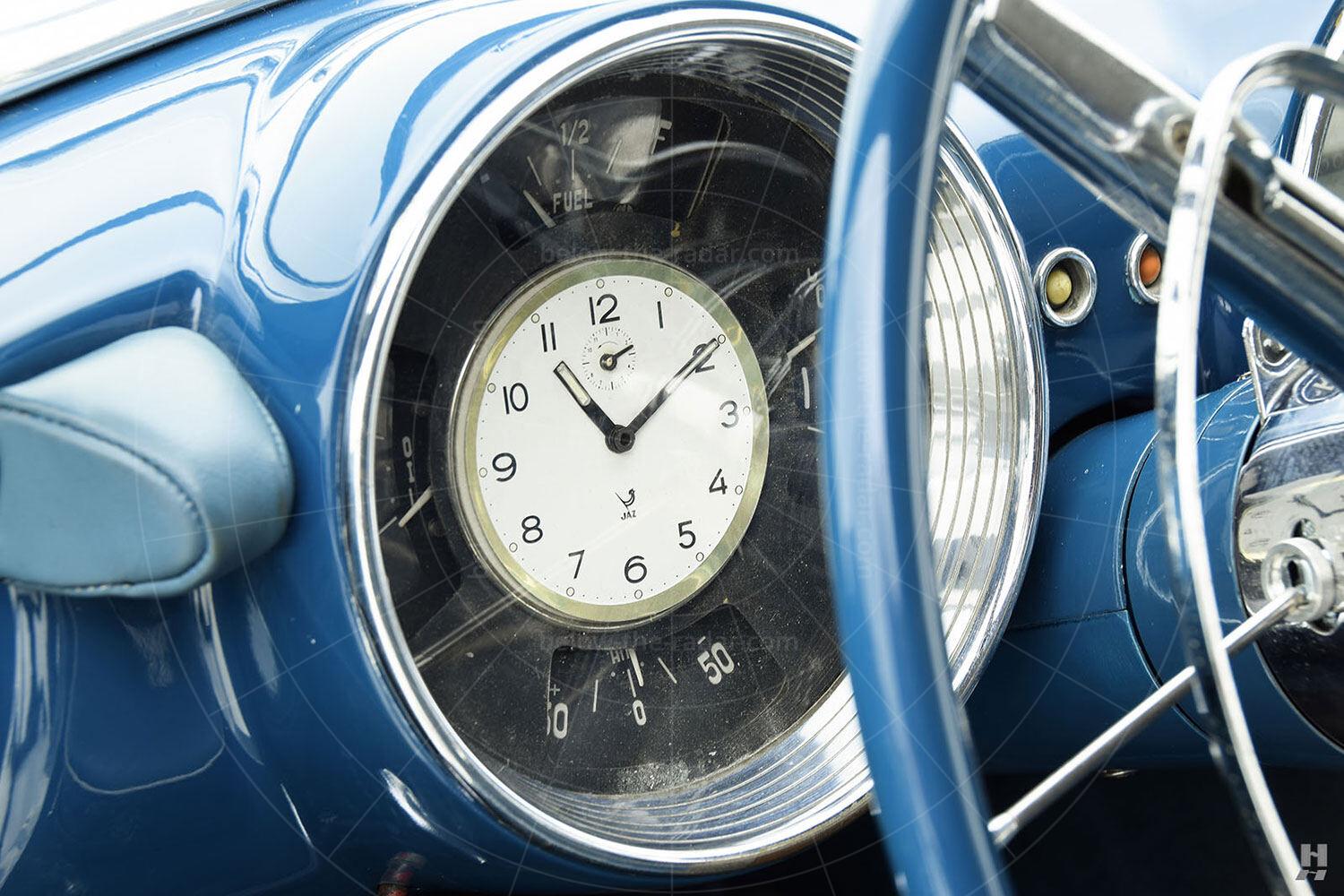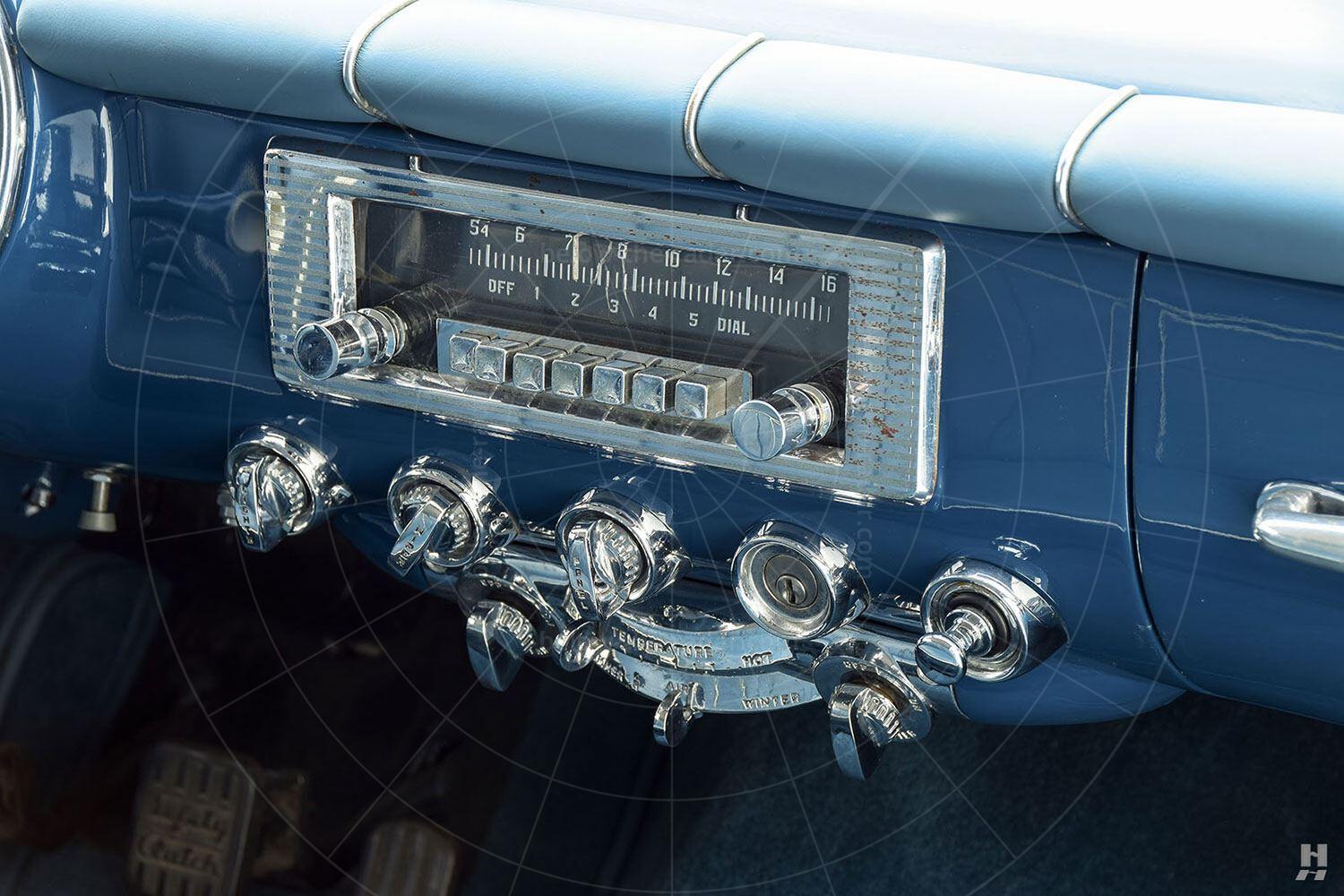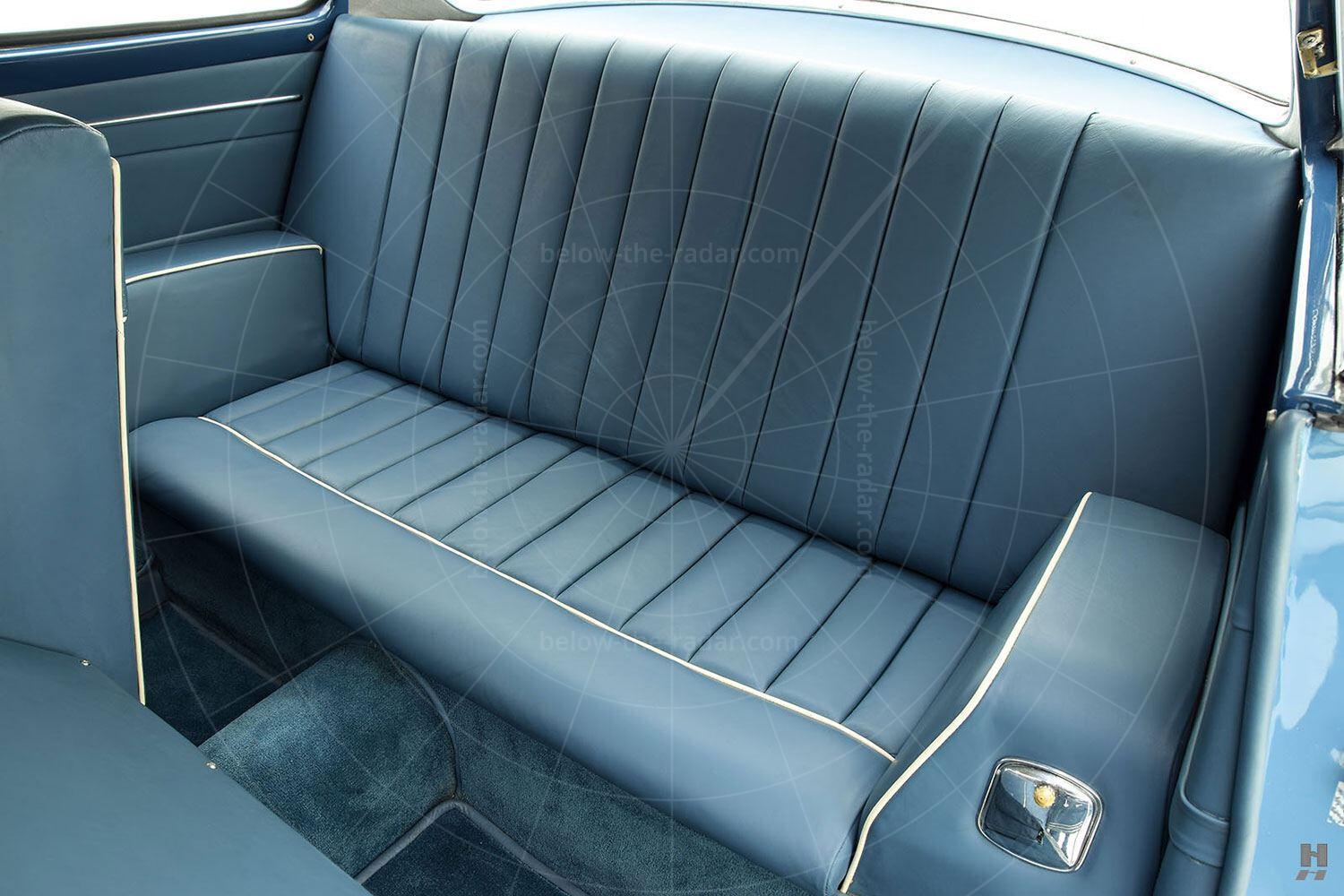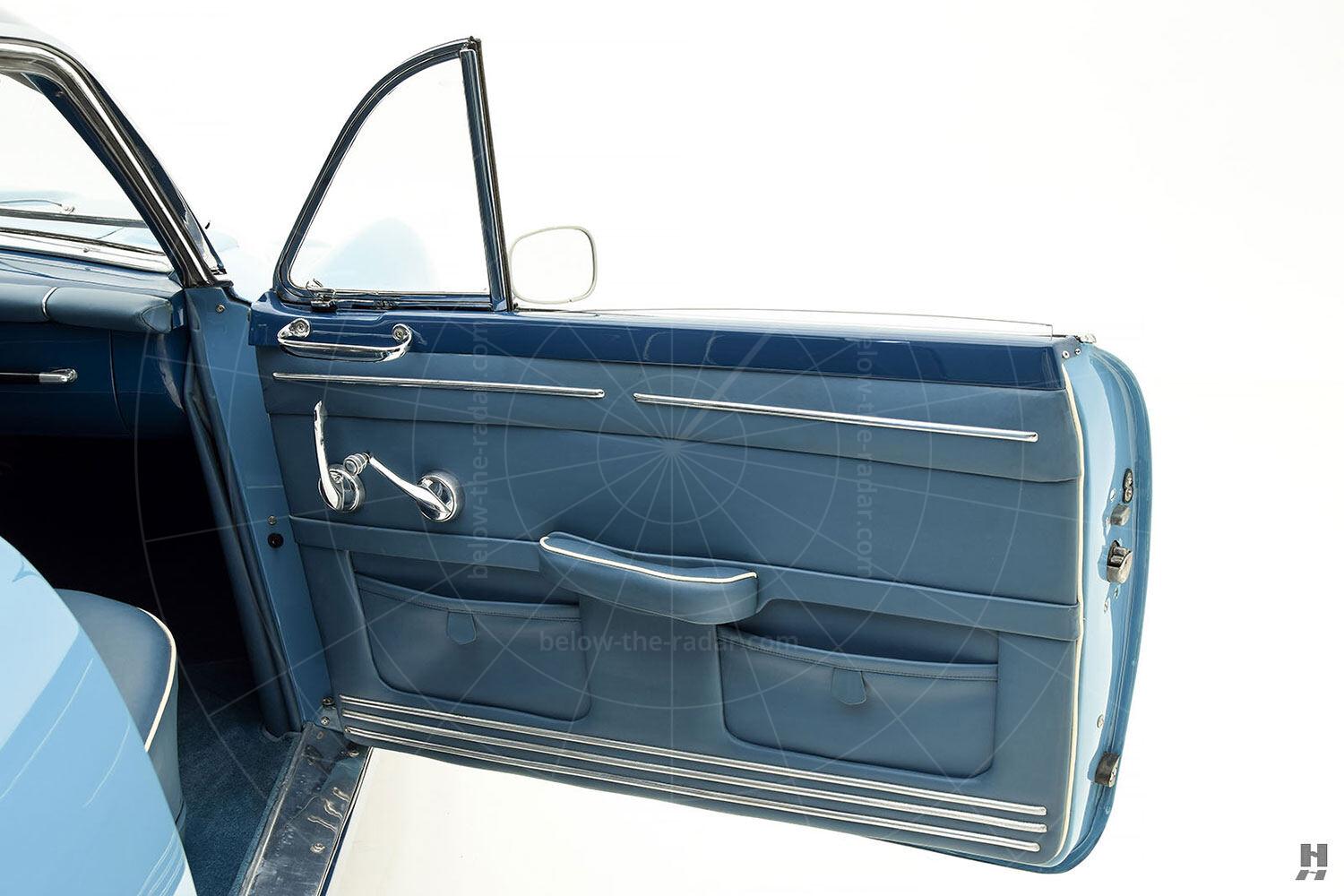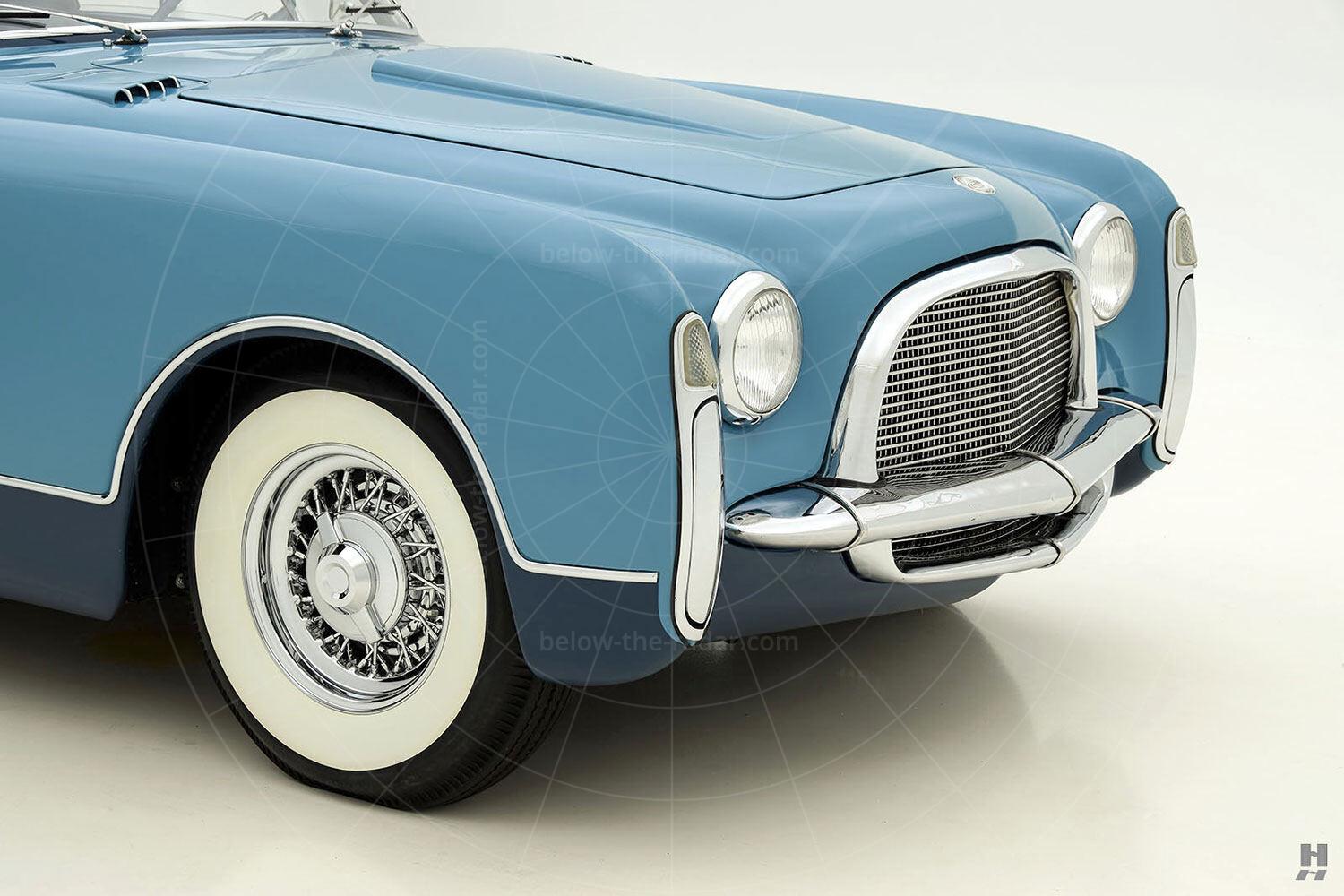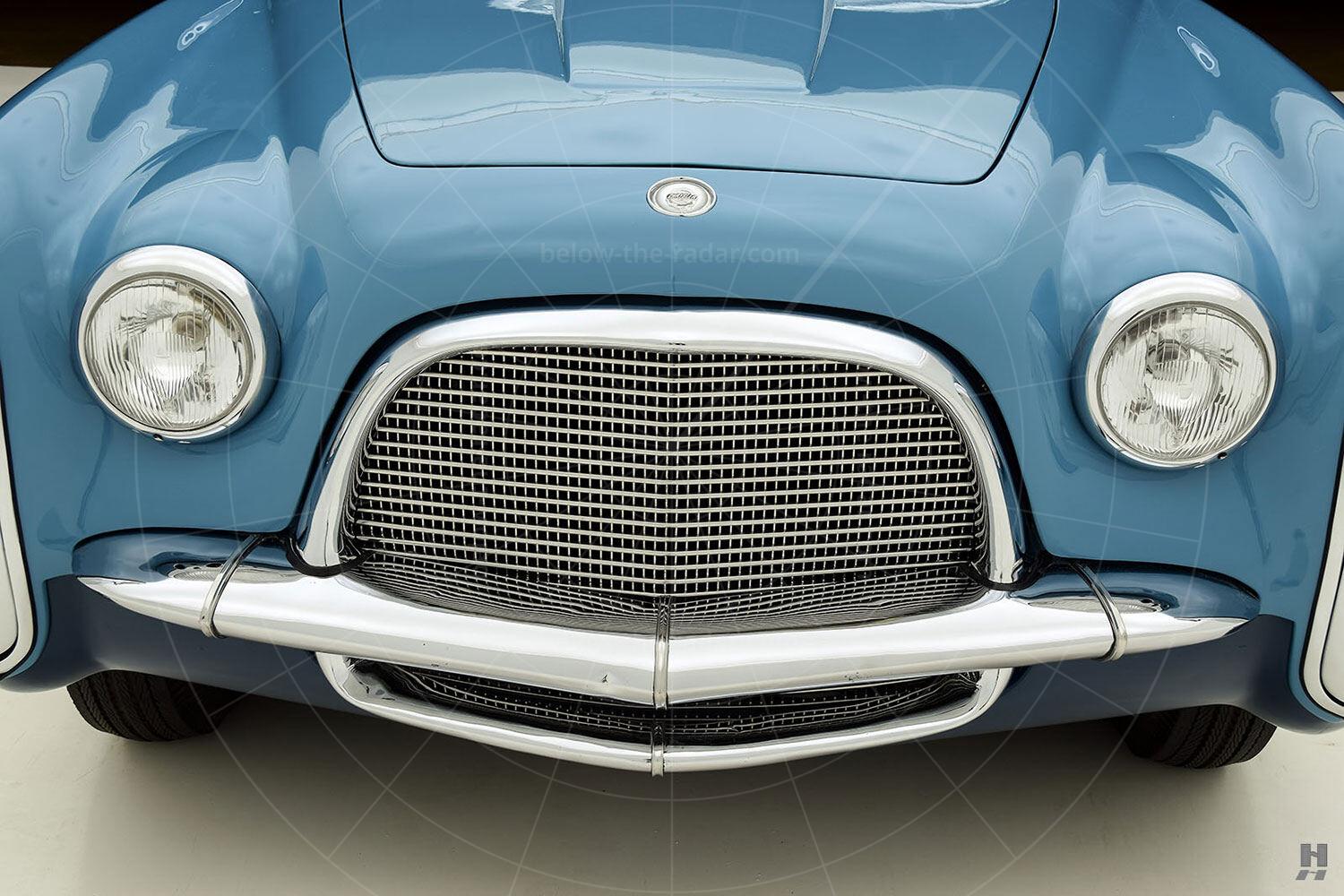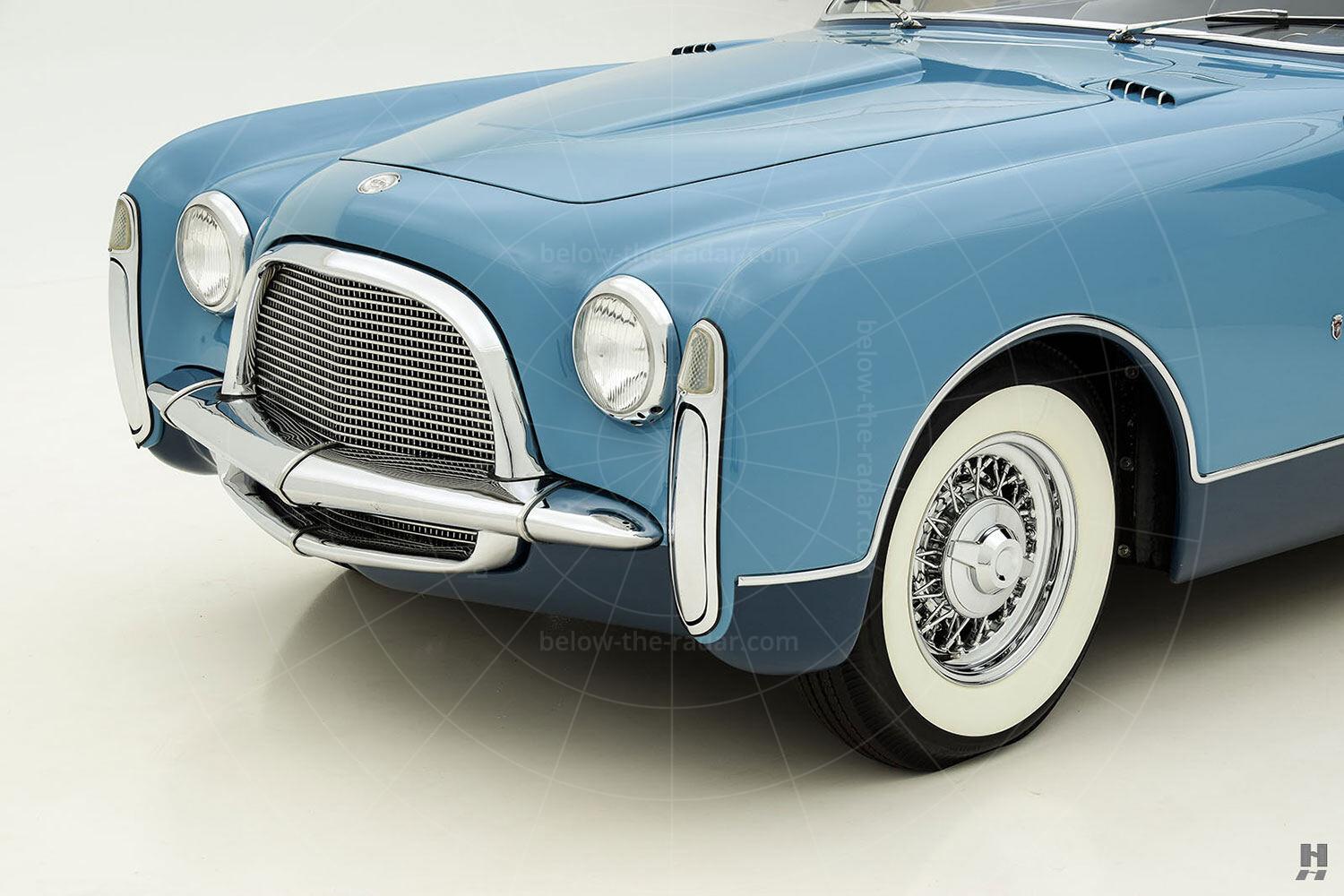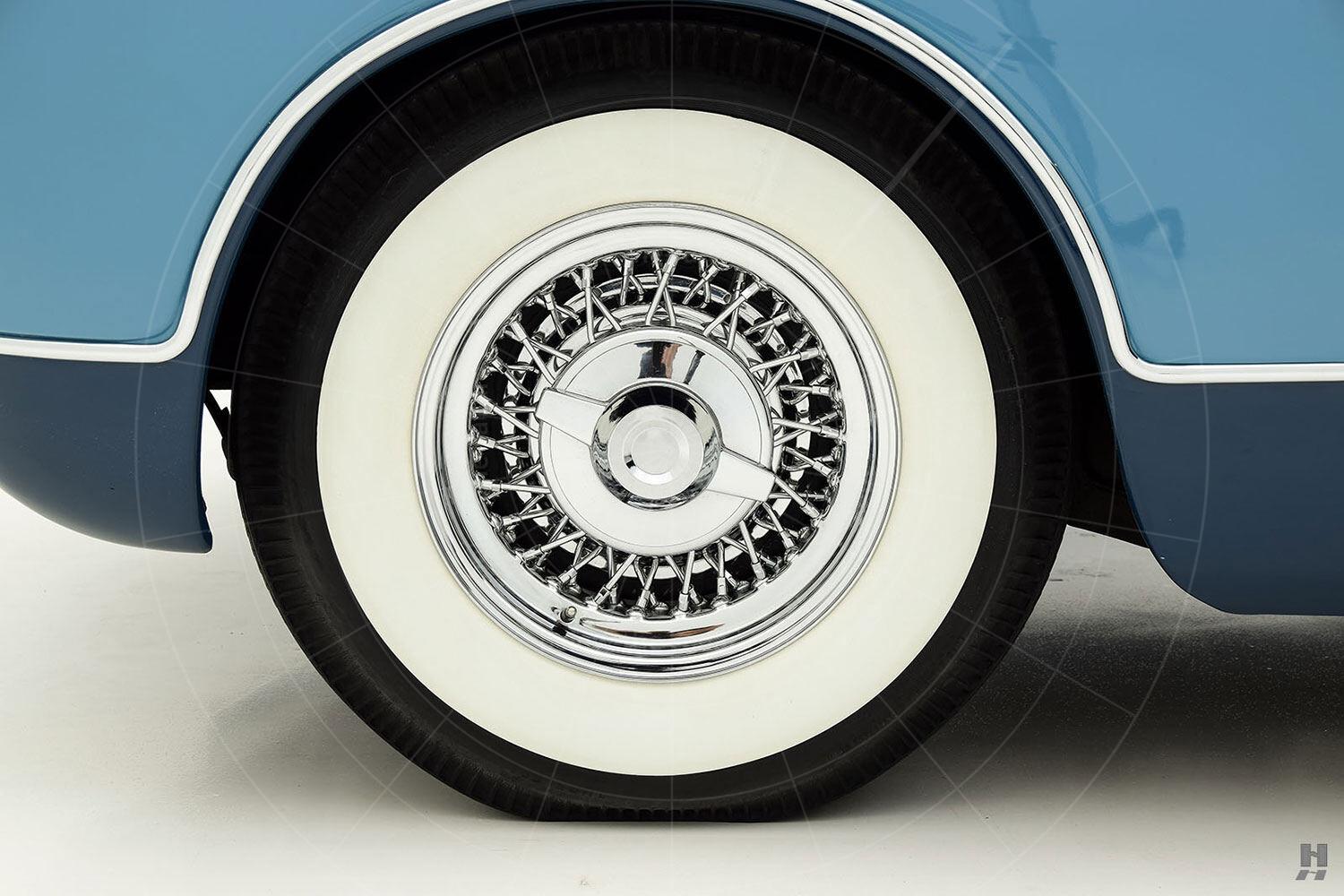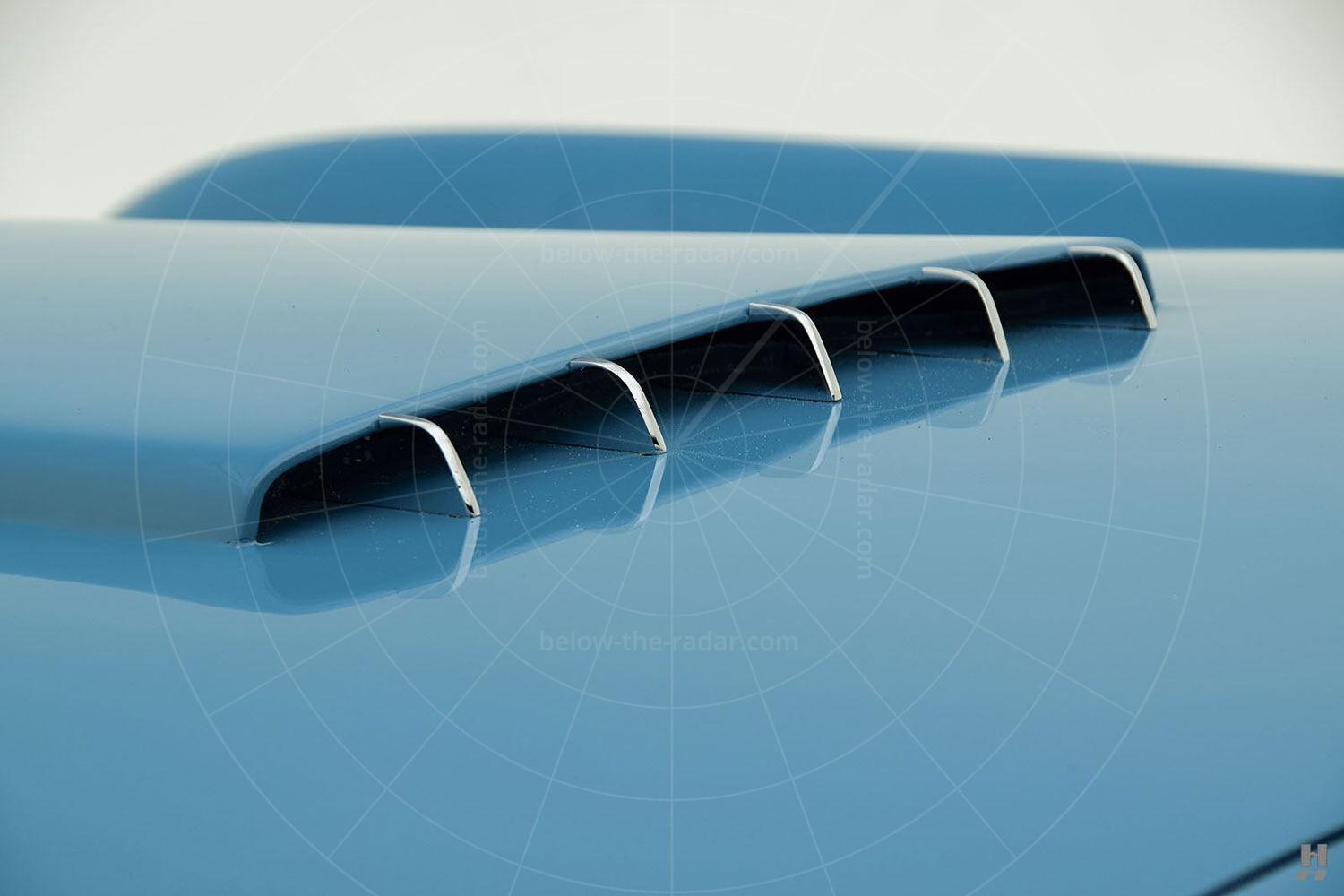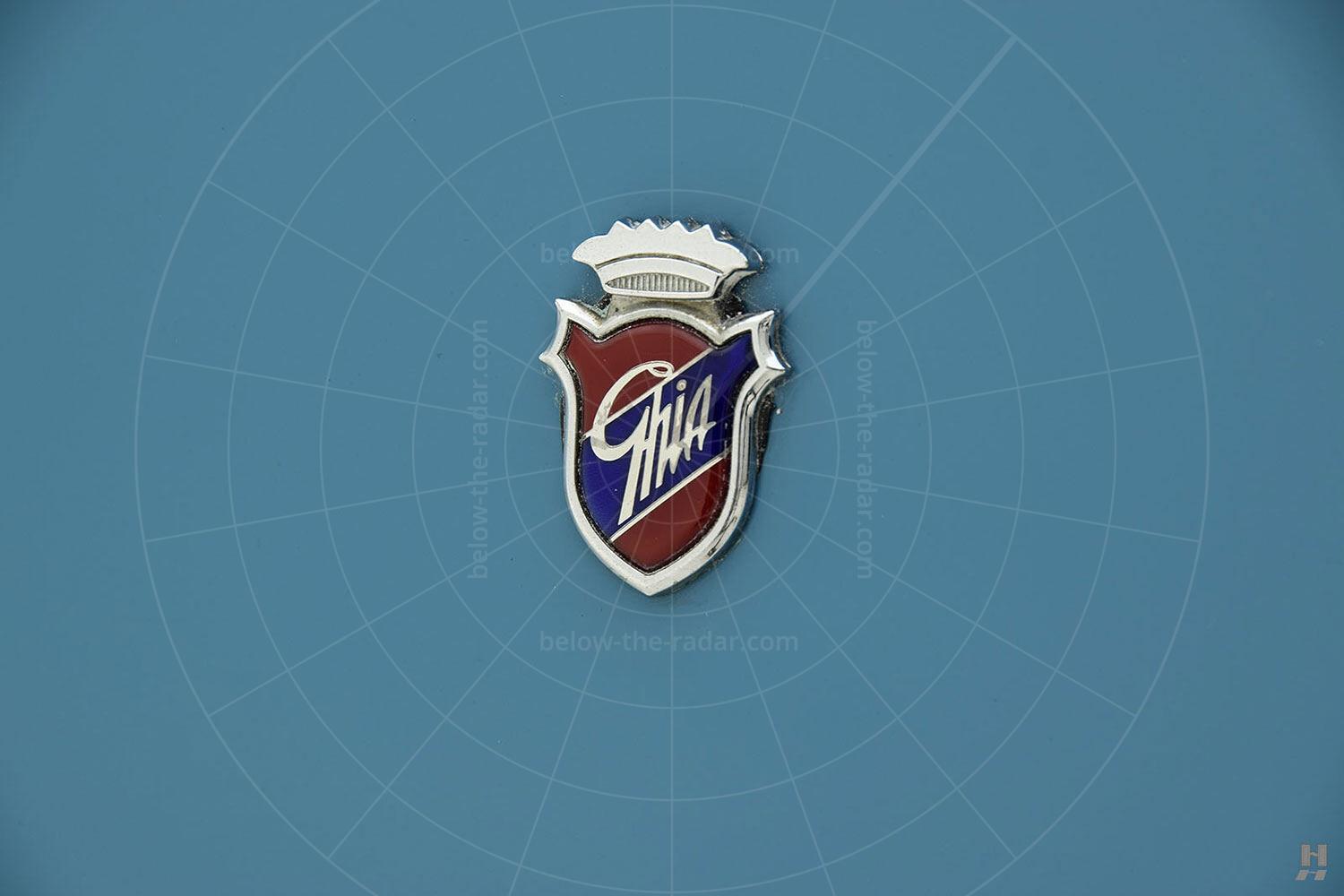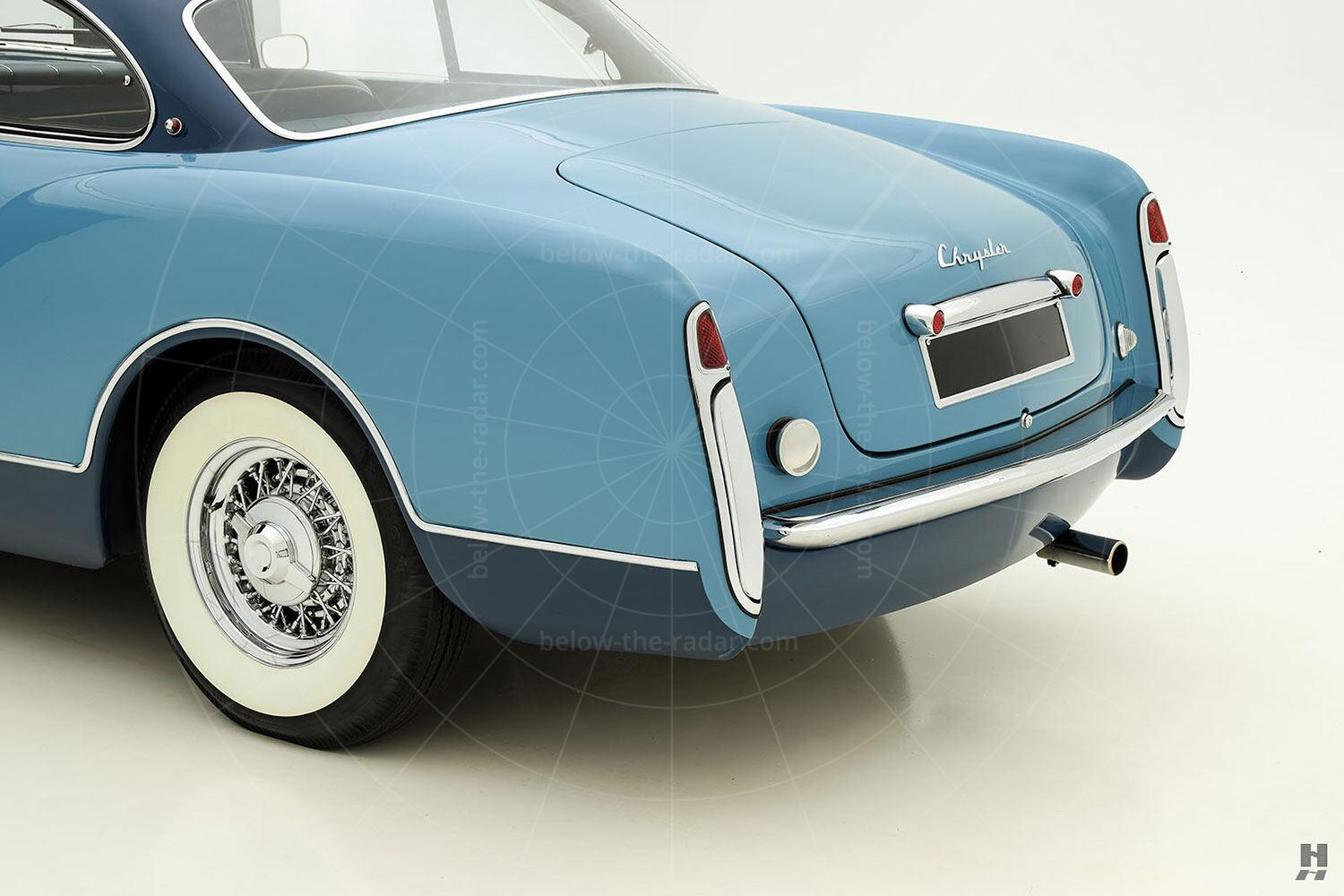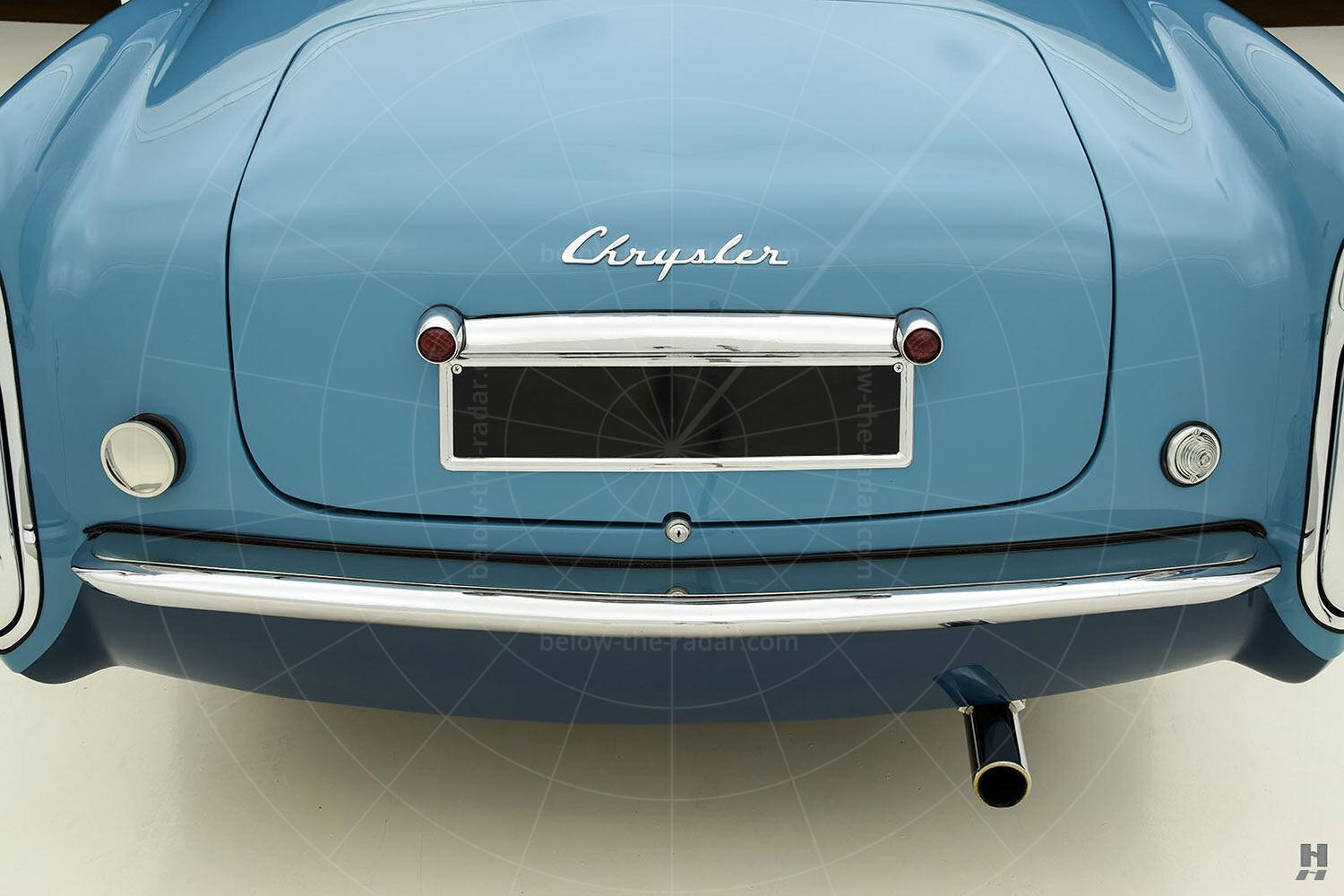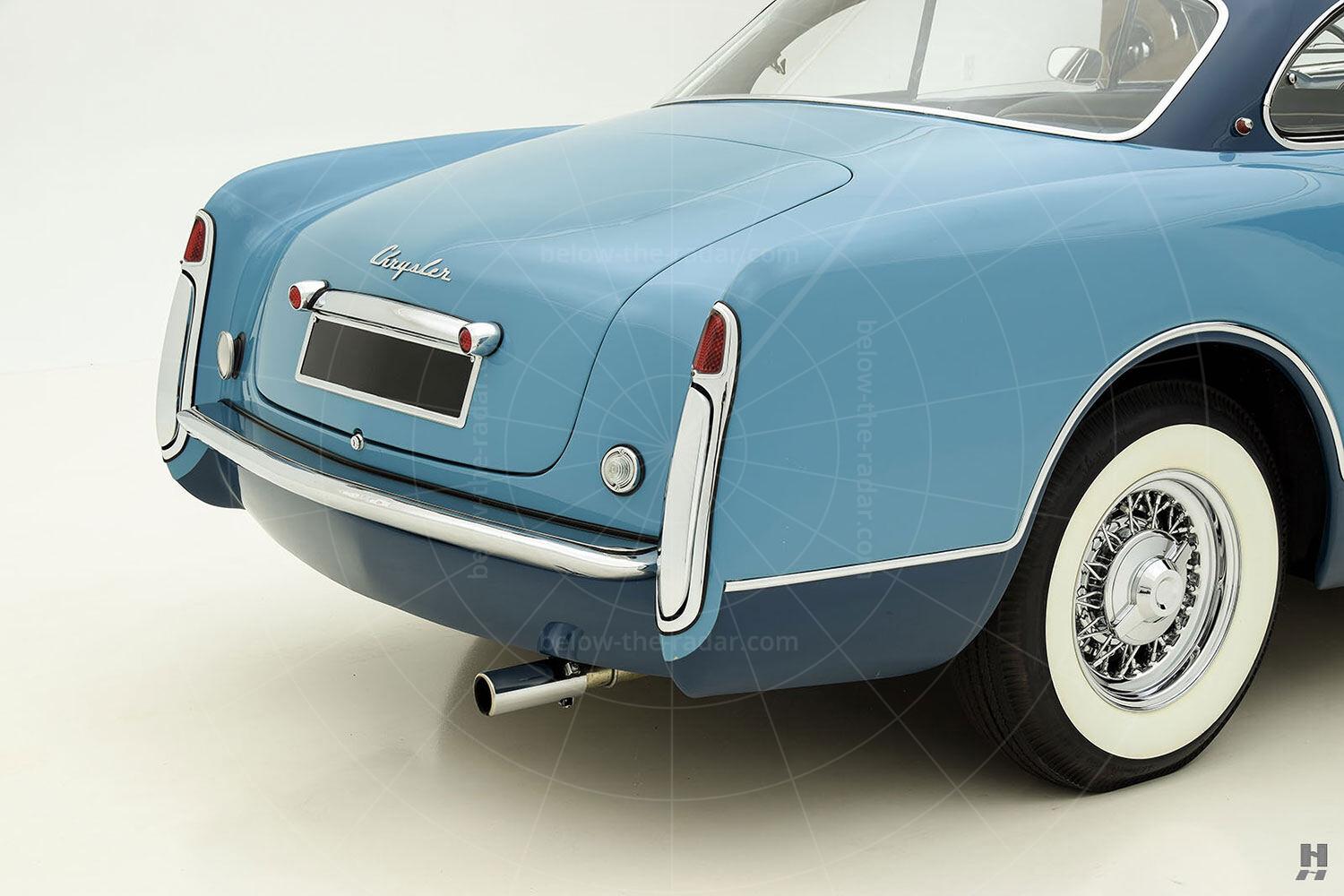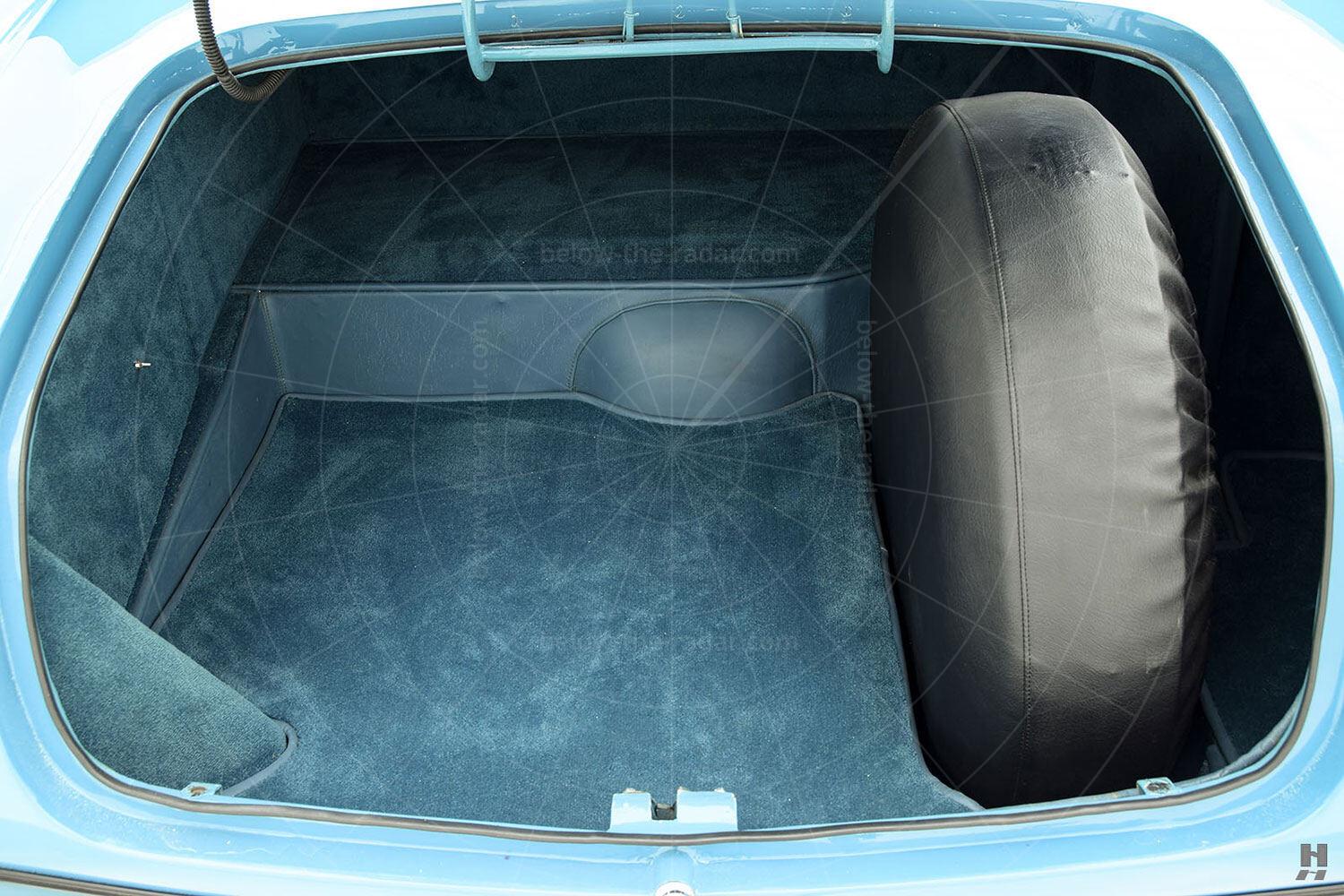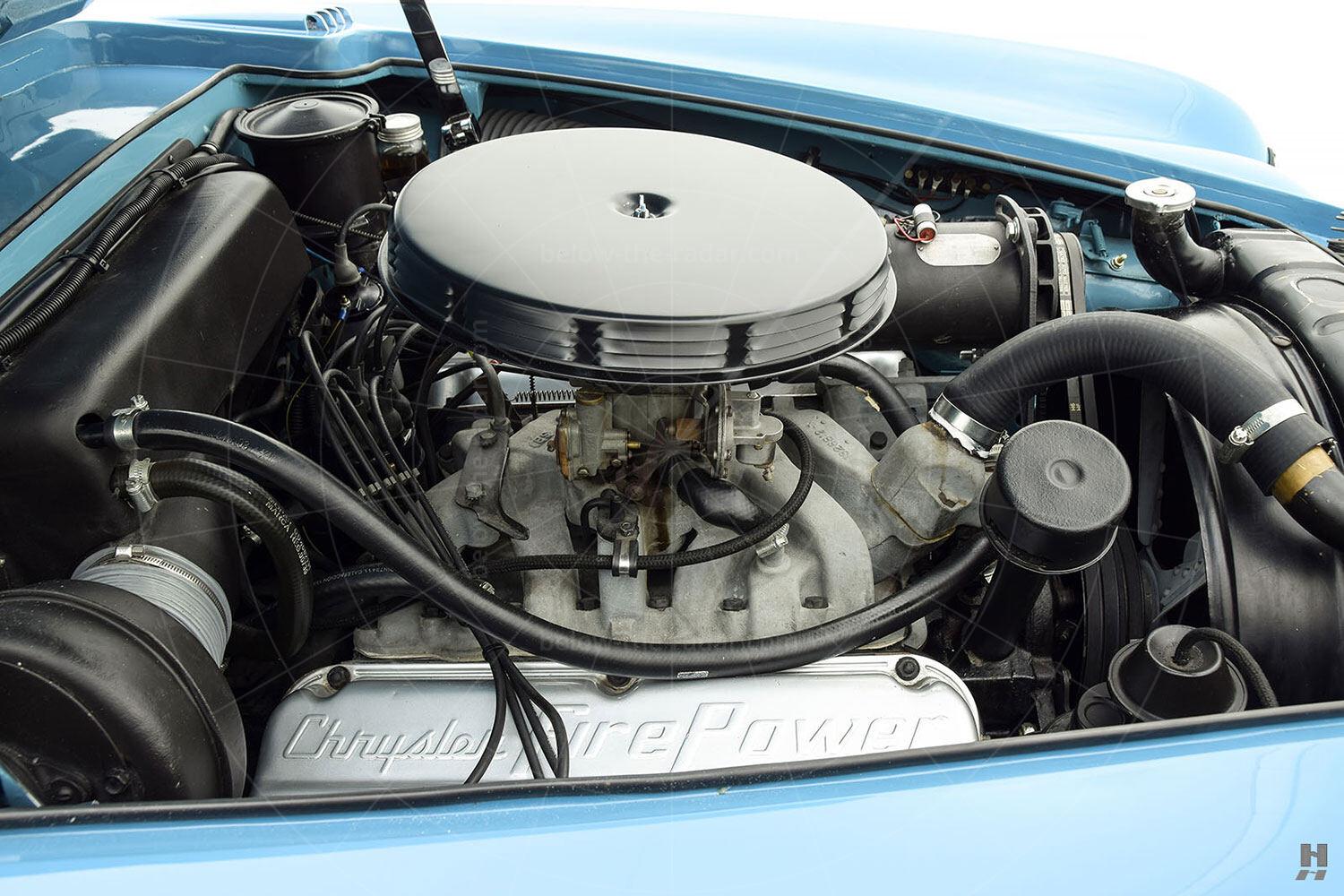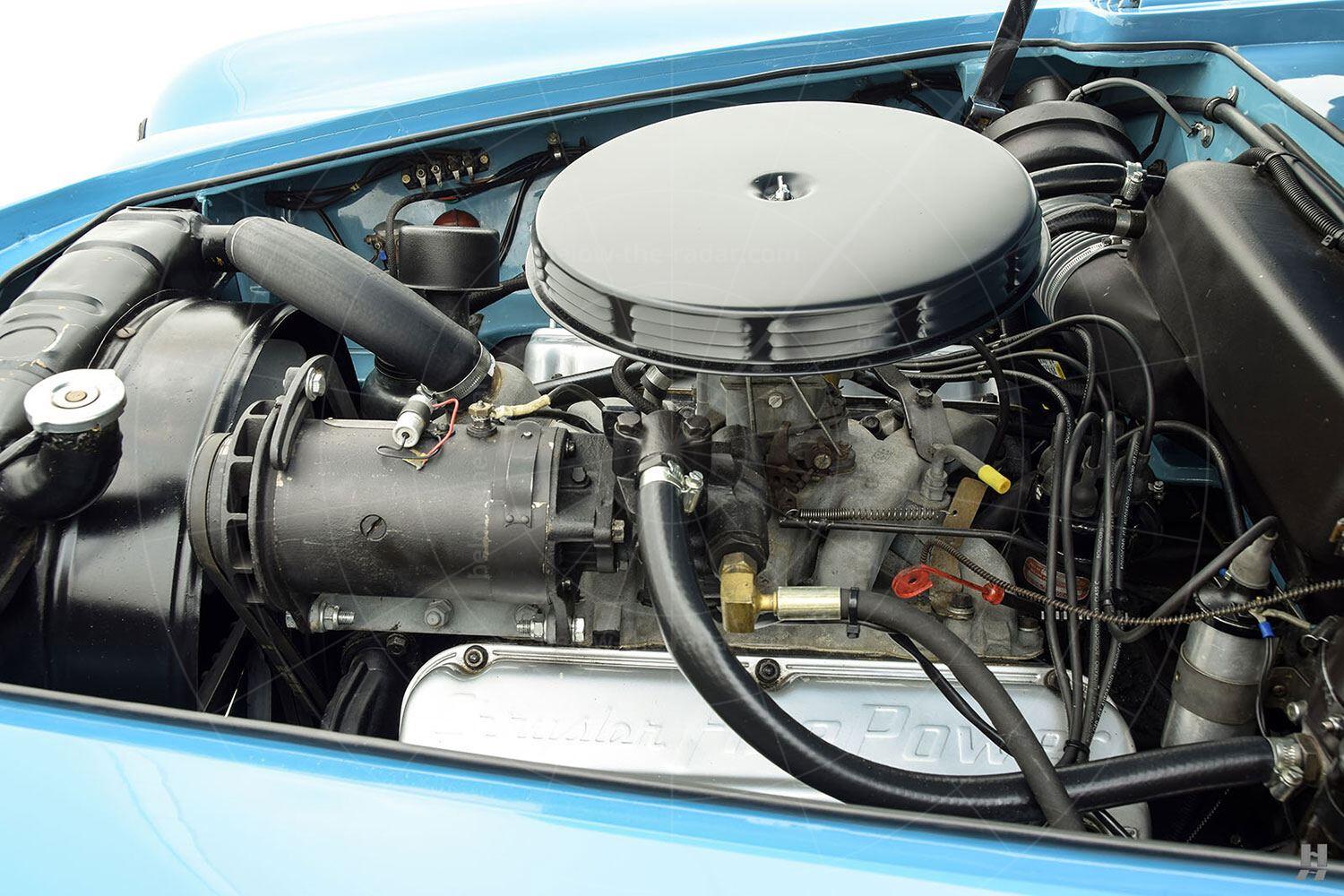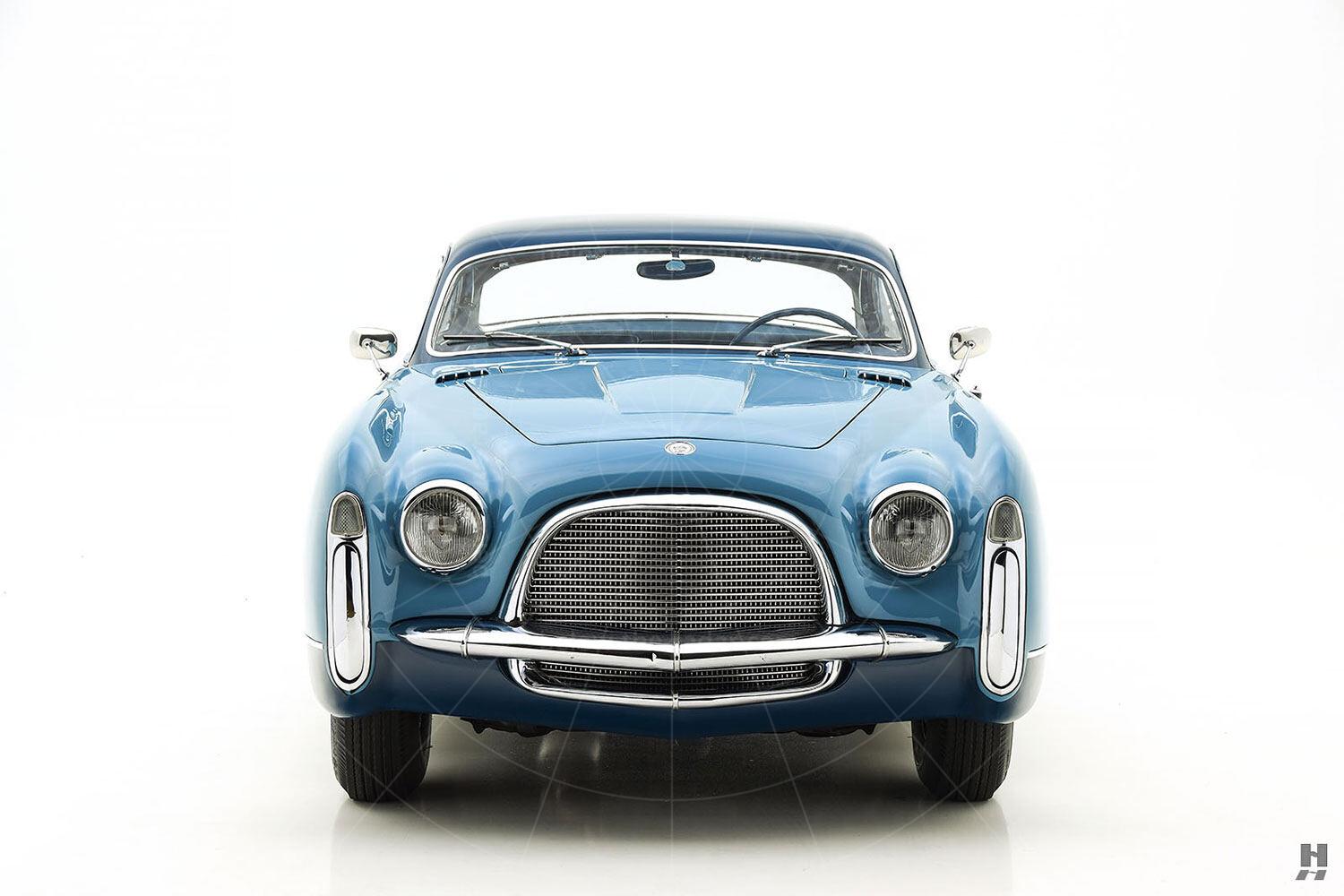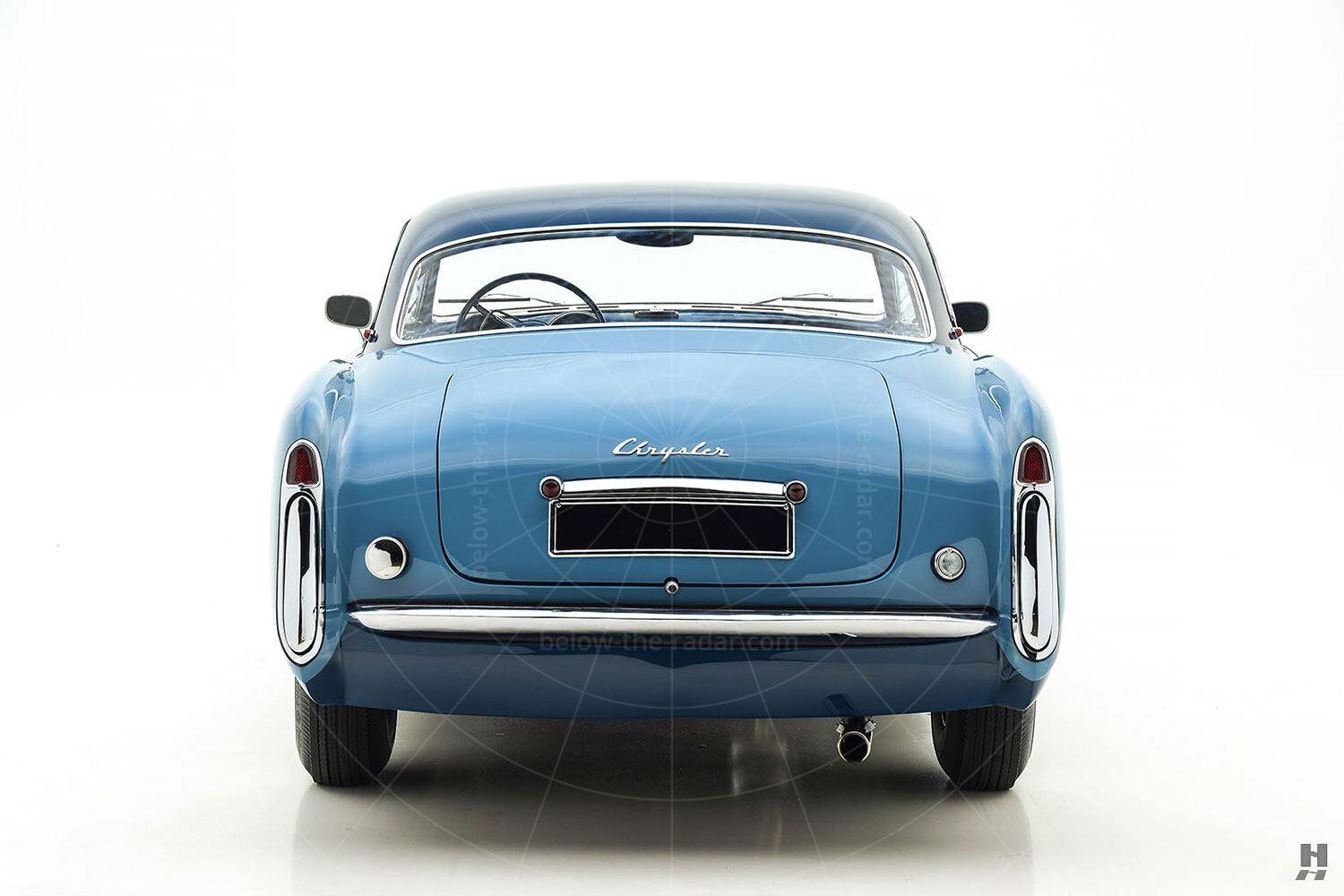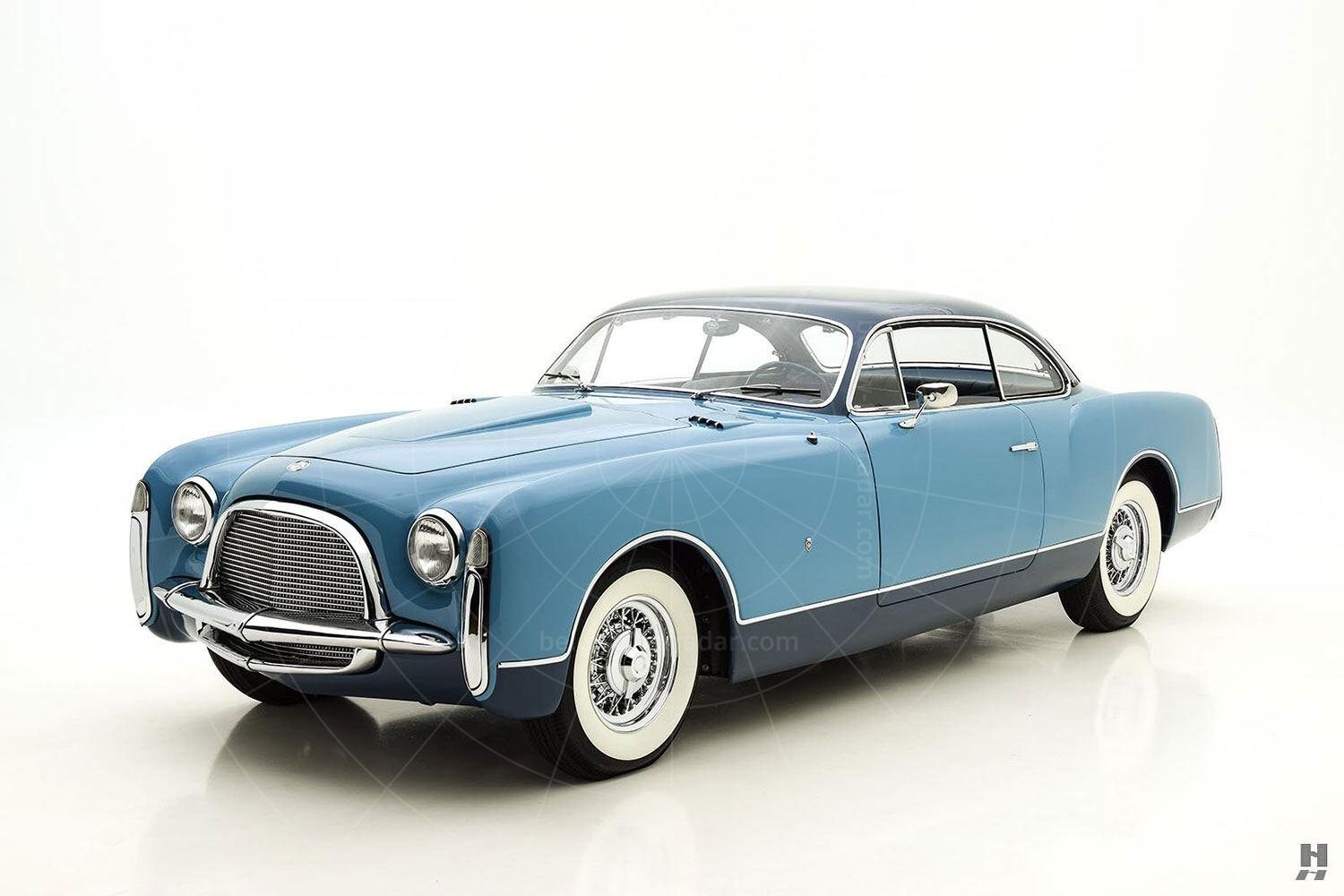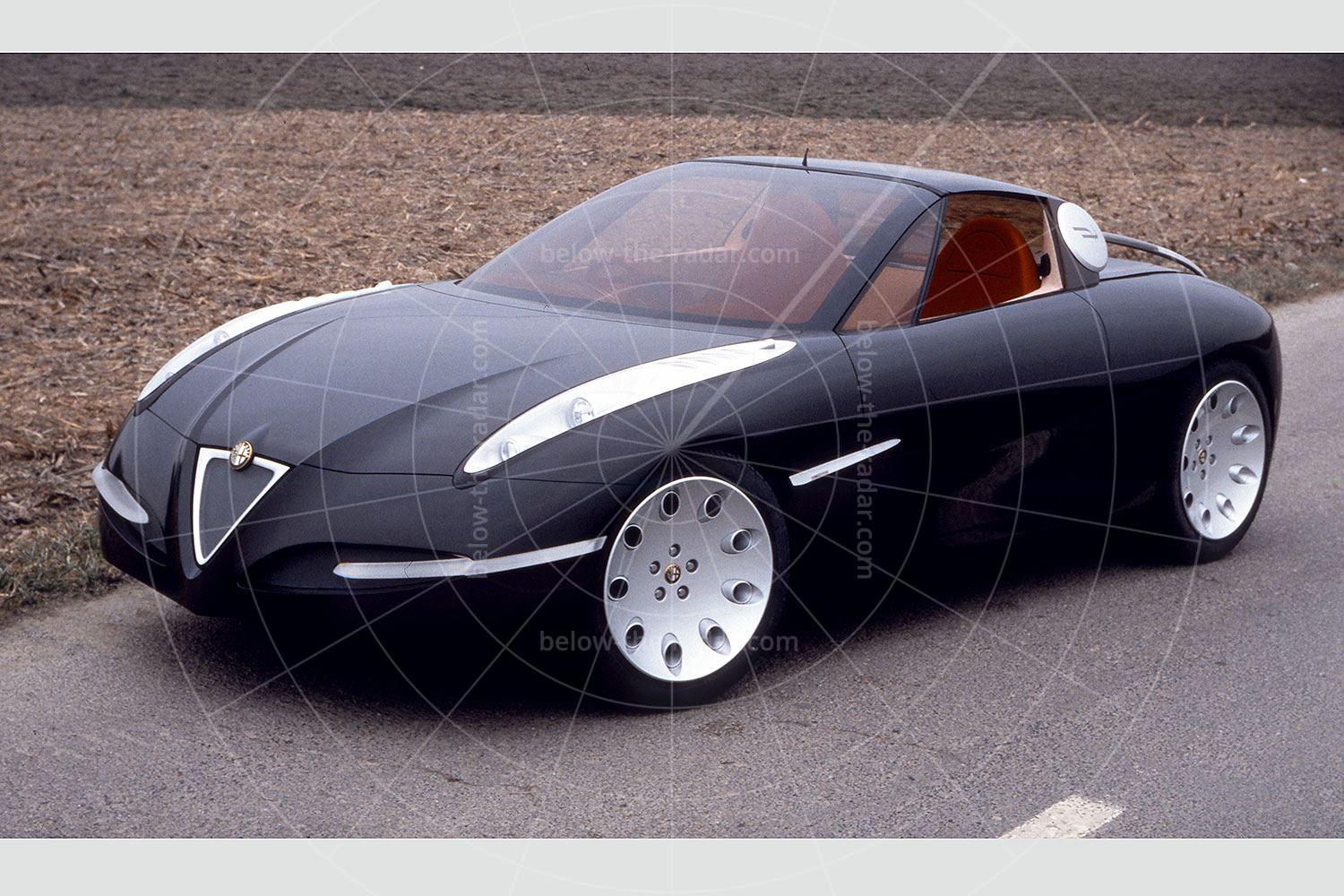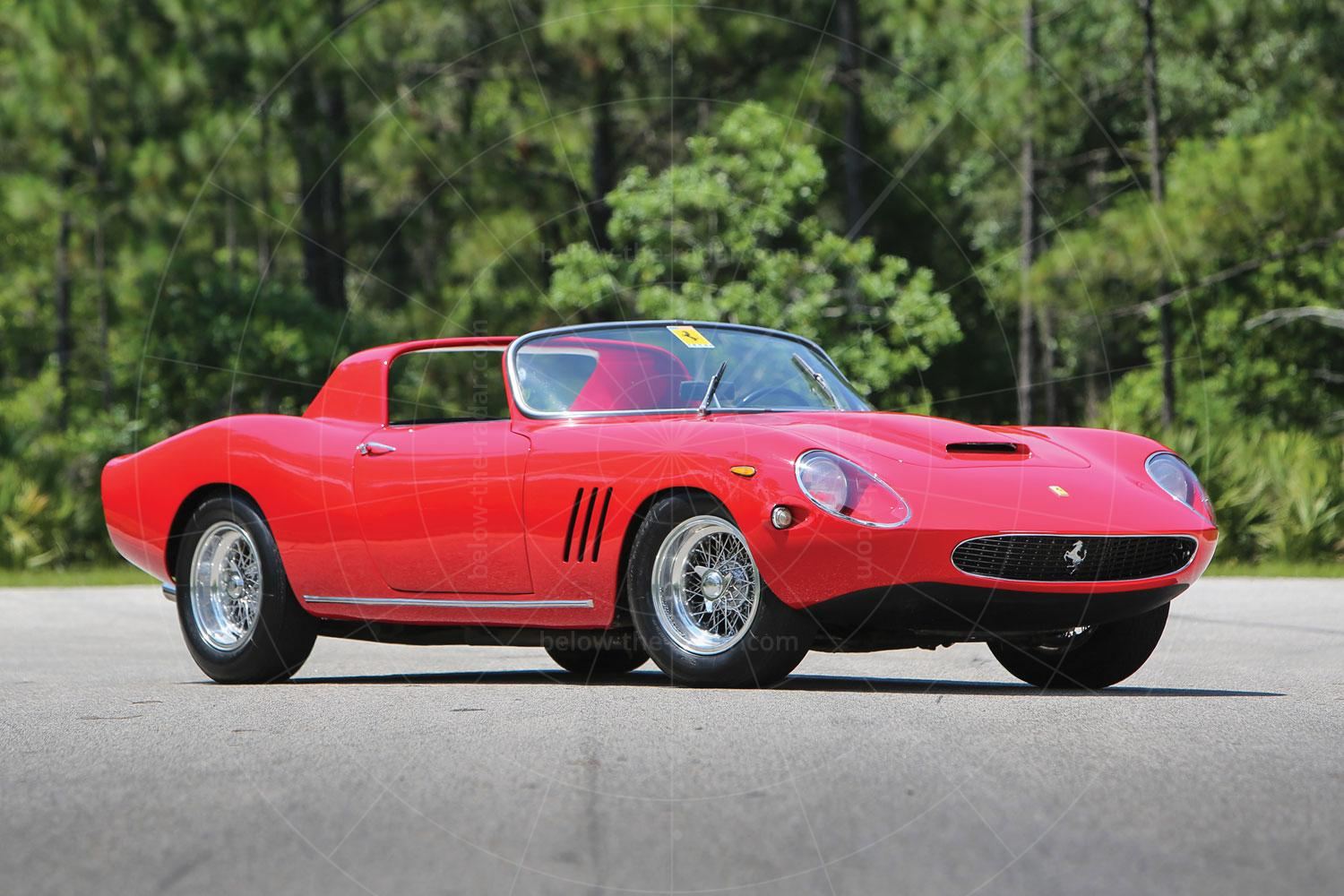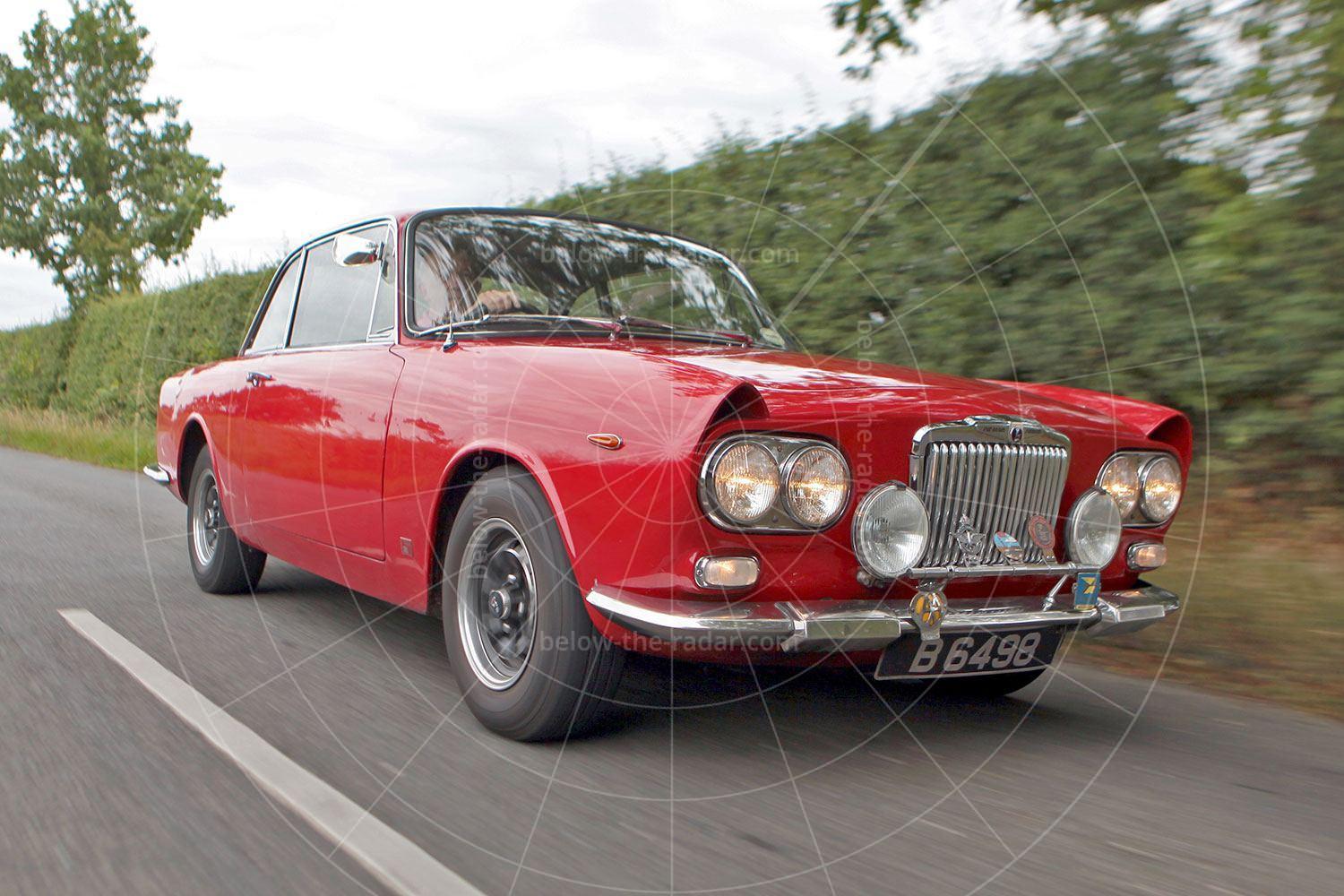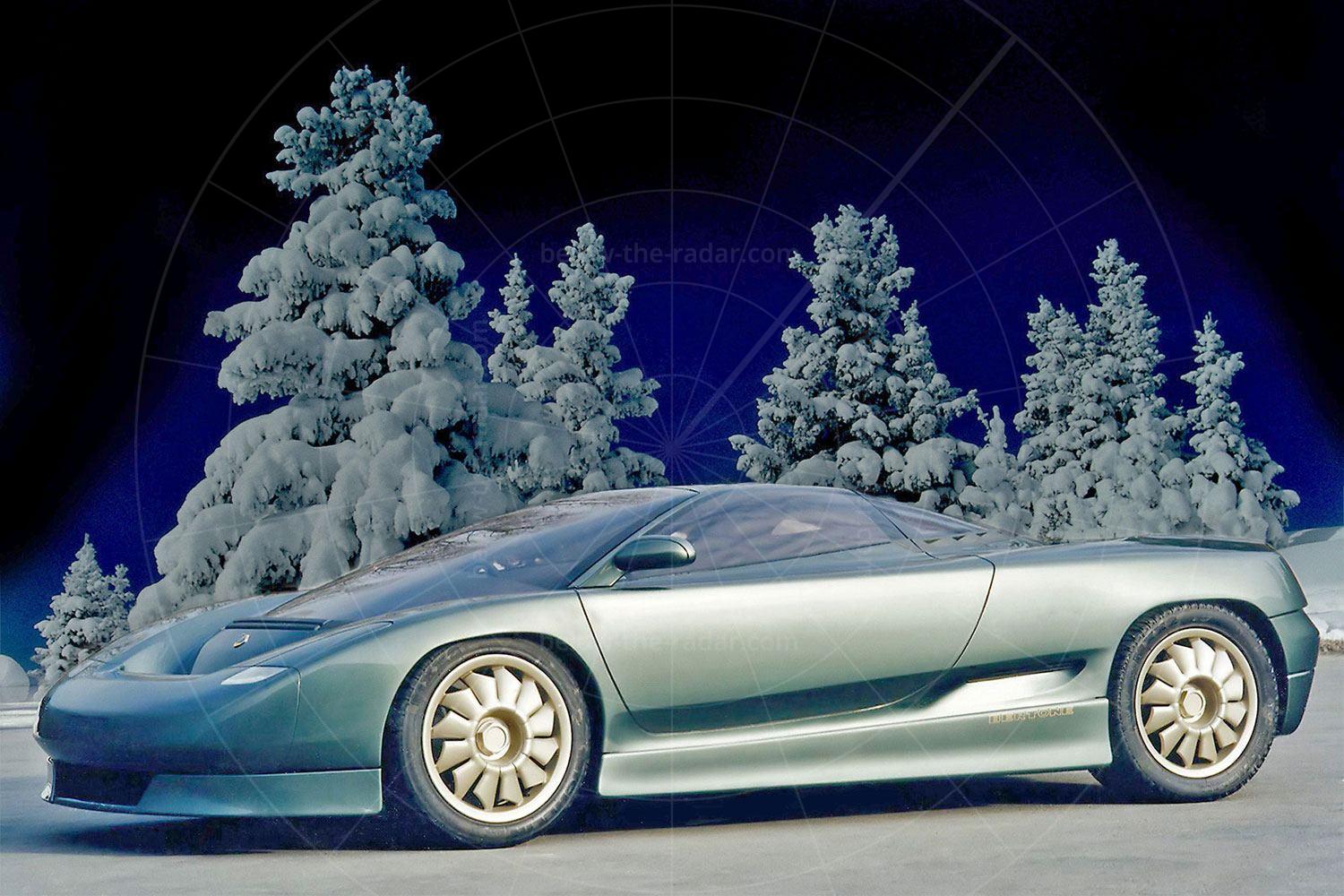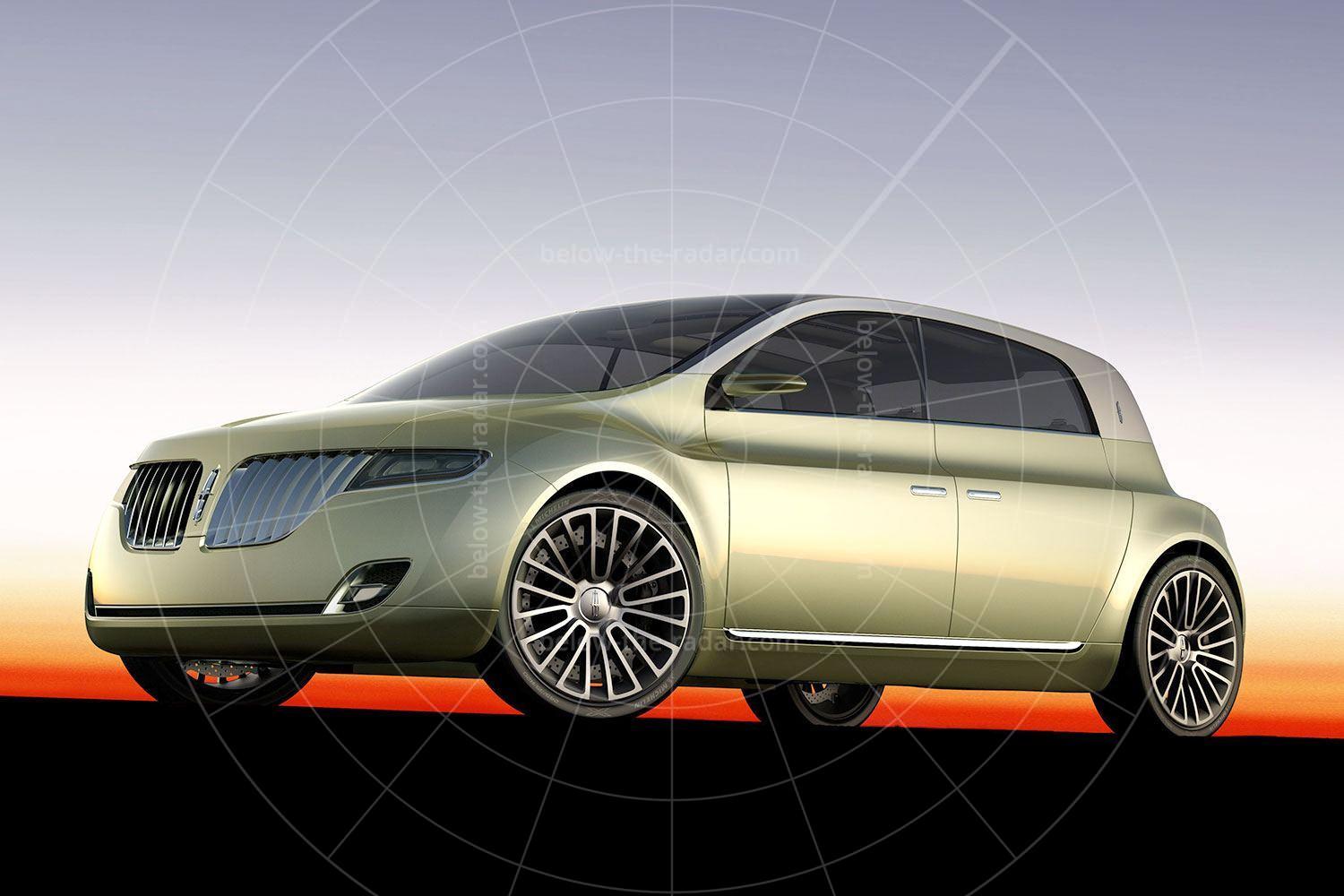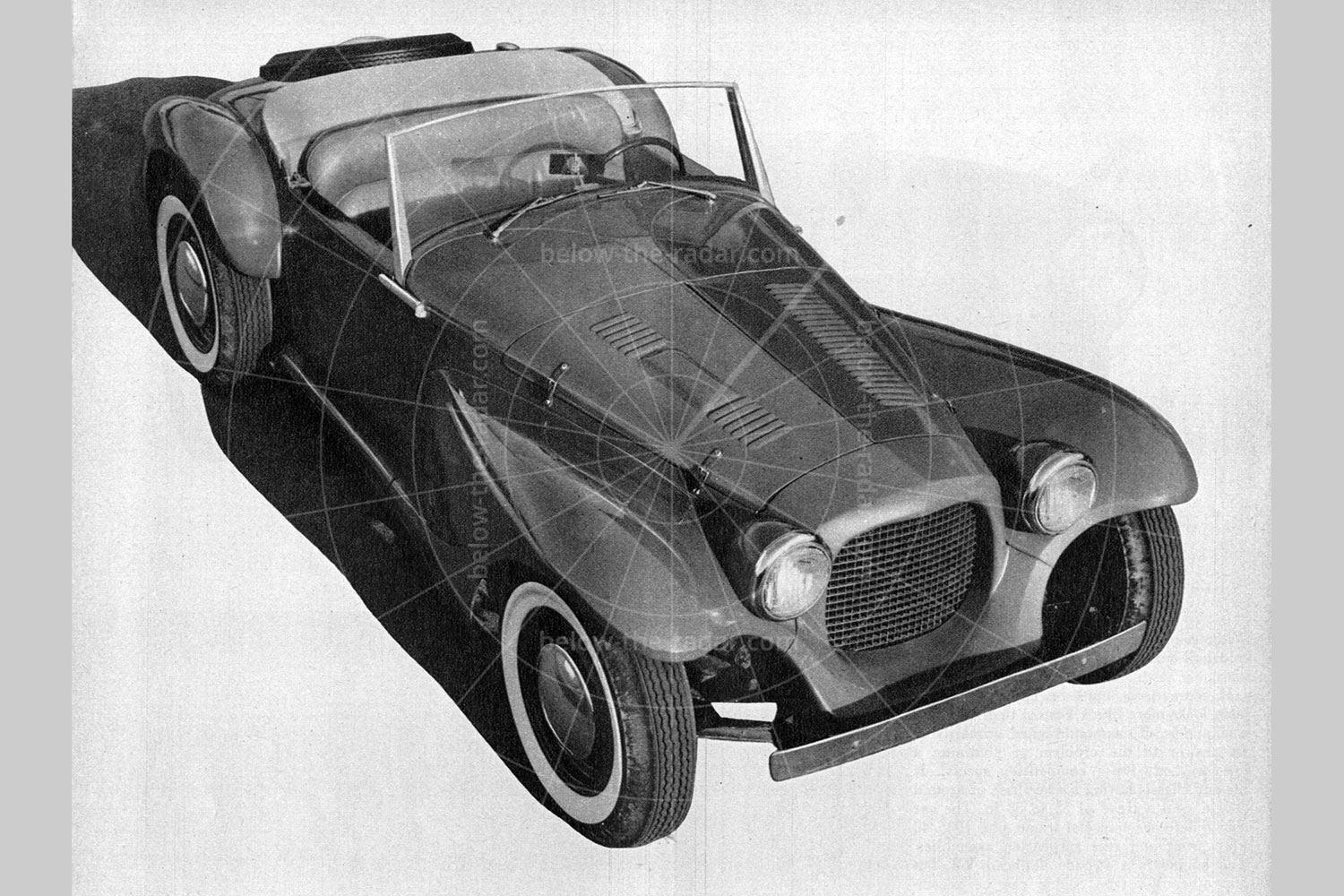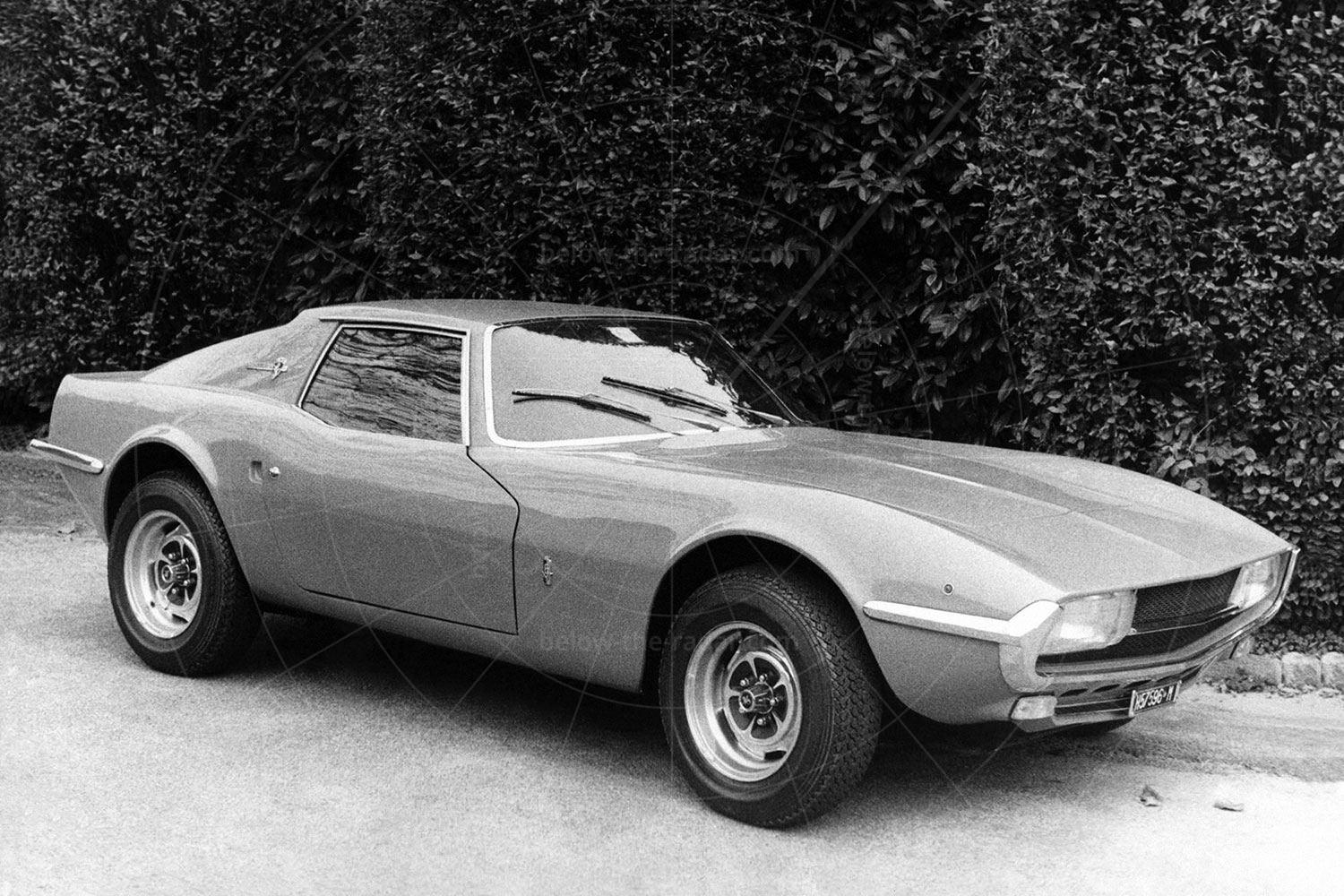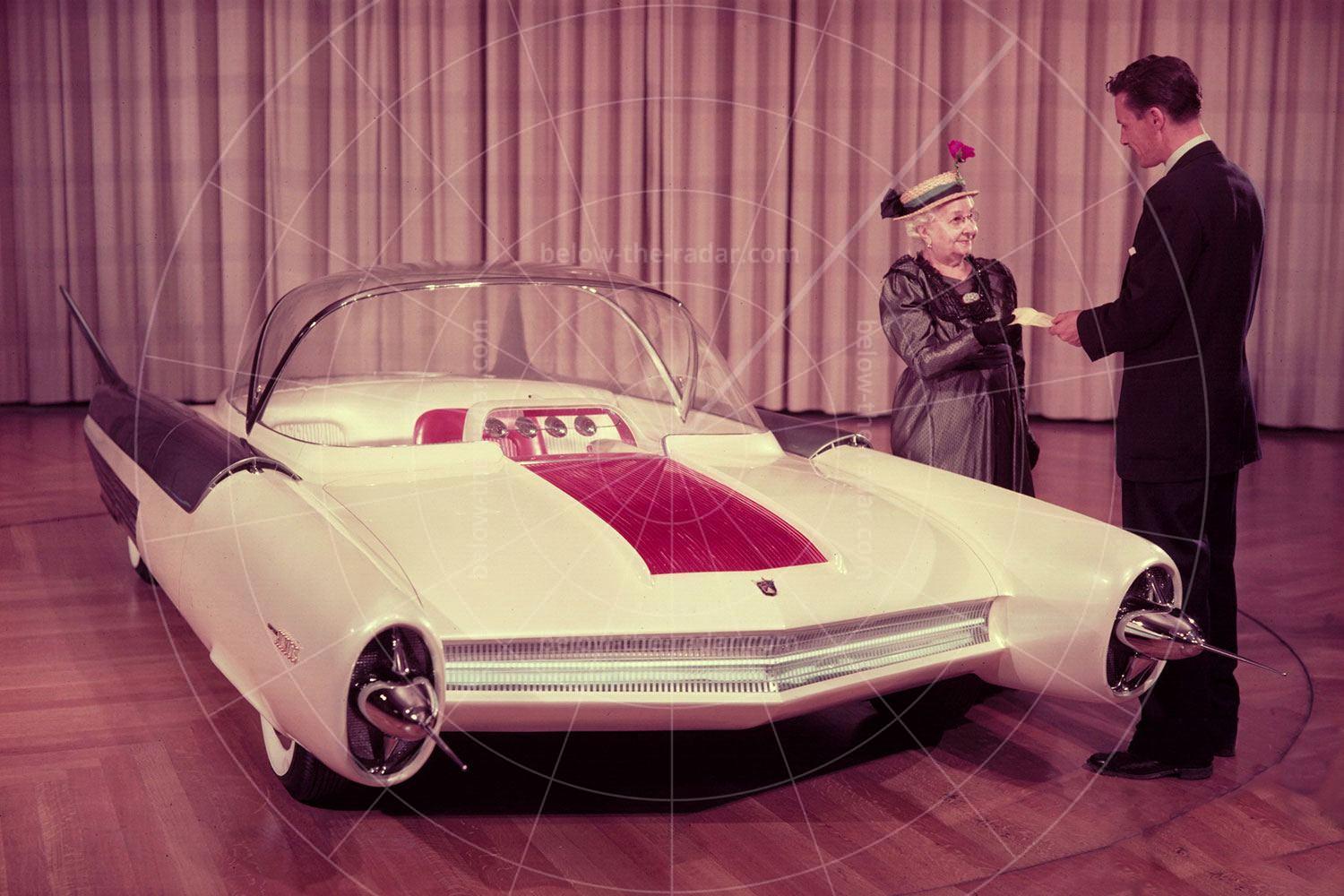The car business has spawned some unlikely partnerships over the years, with one of the most unusual developing in the early 1950s, between American brand Chrysler and the Italian Carrozzeria Ghia.
At the start of the 1950s Chrysler was saddled with a line of staid and conservatively styled cars that desperately needed an injection of excitement. Since the late 1950s Chrysler has been one of America's 'Big Three', trailing GM and Ford, but back in the late forties and early fifties there were 11 companies in the US selling more cars than Chrysler, so there was plenty of room for growth.
Meanwhile, Carrozzeria Ghia was in danger of disappearing altogether after its factory was destroyed by bombing in 1943, with founder Giacinto Ghia then dying of a heart attack in February 1944, aged just 56. The company had been founded in 1915 and had built up a reputation for quality and flair, working with Alfa Romeo, Fiat and Lancia, so it was worth saving – but by whom? The answer lay in Ghia being acquired by Felice Boano (who had started out at Pinin Farina), along with industry colleague Giorgio Alberti; by 1947 Boano had bought out Alberti's share of the company so that Ghia was his alone. Within a year he had recruited Luigi Segre to help him run the company so that Boano could focus on designing cars.
Boano chose to stick with Ghia's original approach of producing limited numbers of high-quality cars, but some degree of expansion was also sought, which would come by working with French brands such as Delage, Delahaye and Talbot Lago.
Segre had previously worked for Siata, a well respected Italian tuning company; he had business acumen as well as a talent for design and engineering, so he was just what Ghia needed. In 1949 Fiat invited Chrysler executives to Italy in a bid to share knowledge between the two brands. Fiat wanted to learn about the latest machining and assembly techniques, while it could also show Chrysler plenty about low-volume high-quality vehicle production.
Meanwhile, also in 1949, Segre travelled to the US to meet with Chrysler's new chairman KT Keller and its newly installed chief designer Virgil Exner, to see if there was some way of Chrysler and Ghia working together. The three of them got on very well as they all wanted Chrysler to be more design-led, in a bid to leave their rivals behind. Segre also forged an excellent working relationship with CB Thomas, Chrysler's vice president and head of export sales.
The problem was that Segre, Keller and Exner's relationship with each other left Boano as something of an outsider and he fundamentally disagreed with Segre's strategy of working with Chrysler. Boano wanted Ghia to remain an Italian company working with European (and especially Italian) brands, but Segre felt that global expansion was the way forward. Things came to a head in 1953 when Boano sold Ghia to Segre for him to run as he wished. This was a whole two years after an agreement was signed between Chrysler and Ghia, for the latter to construct a series of specials based on the designs of Virgil Exner.
The first of these was the Plymouth XX-500 of 1950, a four-door fastback saloon based on the pedestrian Plymouth P20 chassis. It wasn't especially stylish or elegant, but compared with contemporary Chryslers it was undoubtedly more attractive. More importantly for Chrysler, the exercise was unbelievably cheap, with Ghia charging just $10,000 for its work, whereas it would have cost $125,000 to produce the one-off car in-house. Keller and Exner were suitably impressed and they called upon Ghia to add a welcome dose of excitement into Chrysler’s product line. Over the next decade more than two dozen 'Idea Cars' would be produced by Ghia for Chrysler, and the relationship between these two storied firms would last into the 1960s.
The first of these Idea Cars was the K-310 which arrived in 1952; its name shorthand for Keller (who had recently retired) and 310bhp, although 180bhp was the real output of the Hemi V8 powerplant fitted. Later would come the Adventurer, C-200, Firearrow and many more, and unlike many concept cars of the era from Detroit, Chrysler’s Ghia Idea Cars were fully engineered and driveable machines, ready for the road.
Despite the positive response and press accolades to these various concept cars, Chrysler top brass was reluctant to green-light series production, as they were still feeling the sting from the failed Airflow project of the 1930. But Chrysler’s export manager CB Thomas insisted that he could sell Ghia-bodied Chryslers to wealthy buyers, and managed to get official approval to commission six 'Styling Specials', with further approval for Ghia to build 12 additional cars.
All Chrysler Ghia Specials were powered by the 180bhp FirePower Hemi V8, backed by either a Fluid Torque Drive four-speed semi-automatic transmission or a PowerFlite fully automatic unit. The first car was a sporty, short-wheelbase fastback, while the second car, commissioned for CB Thomas himself, was a more elegant notchback coupé that inspired a limited production run of 18 similar cars. Today, Ghia Chryslers rarely become available on the open market, and they are highly sought after by collectors for their rarity, impeccable Italian style, and outstanding performance.
The 1953 Chrysler Special Ghia shown here was built on a New Yorker Deluxe chassis and delivered new via Chrysler’s French importer, Société France Motors. Rather curiously, the car was first registered in a lady’s name on 23 July 1953, yet by 27 July it was registered to the wealthy industrialist Leon Coulibeuf, who made his fortune in concrete electric poles during the post-war reconstruction.
Coulibeuf was a motoring enthusiast and gentleman racer who competed in the Le Mans 24 Hours, among many other events. The Chrysler was in good company, as he was also known to have a Mercedes 300SL Gullwing, Porsche 356 and Alfa Romeo 1900 in his stable. No doubt proud of their acquisition, the Chrysler Special was shown by Madame Coulibeuf at the 1953 concours d'elegance of Enghien-les-Bains in France, and was featured in the September 1953 issue of the French magazine L'Action Automobile.
The Chrysler disappeared for some years before being acquired by Jacques Pelve, a Chrysler dealer in Brittany. He discovered the car on a factory property, rough but complete and still wearing its original livery and the same registration plate that it had worn when displayed at Enghien-les-Bains in 1953.
After owning the car for many years, Pelve embarked on a painstaking, multi-year restoration, beginning in the 1990s and completed in 2001. Even now this car still wears its original FirePower hemi engine, and most of the bodywork is original.
- Thanks to Hyman Ltd for the use of its pictures to illustrate this article.

